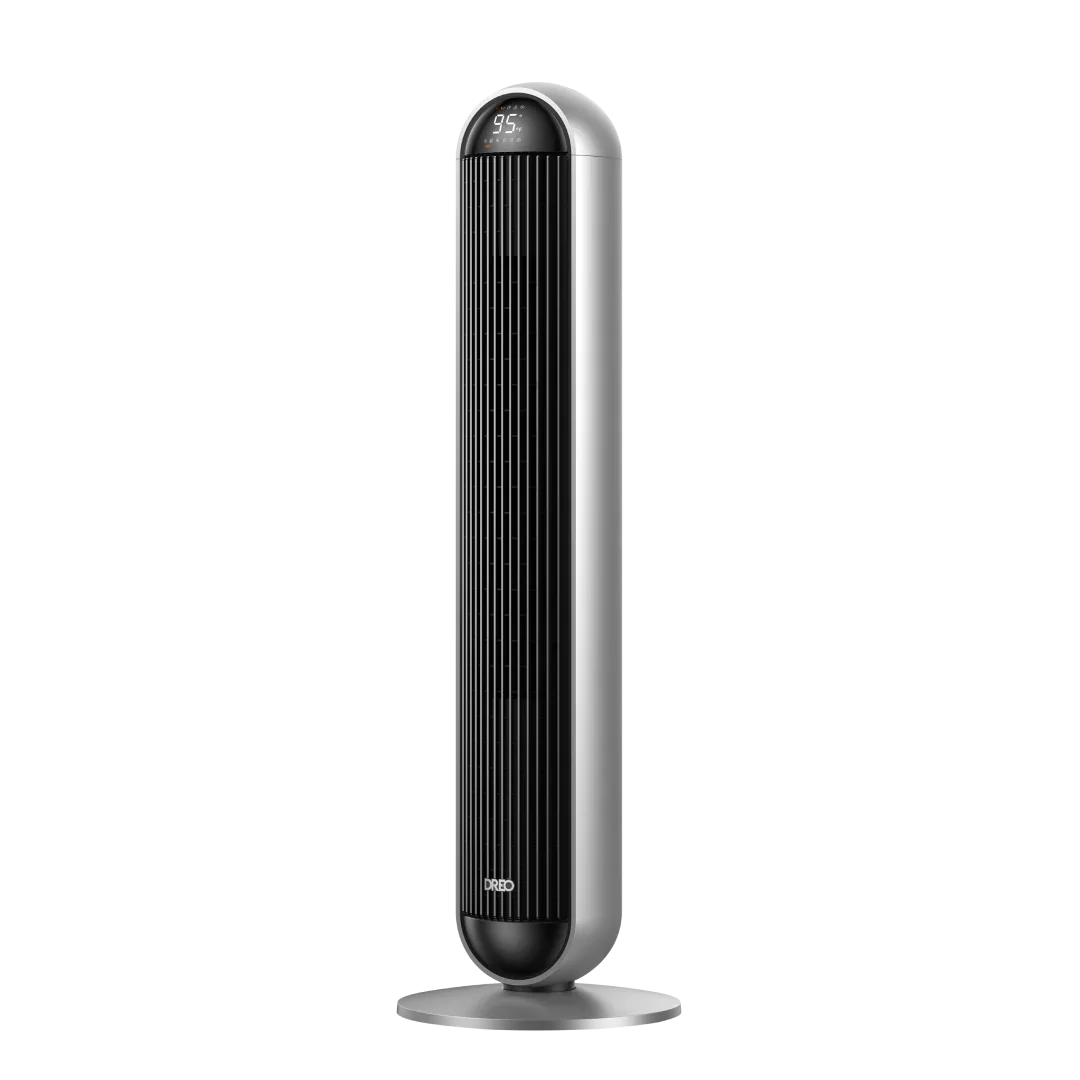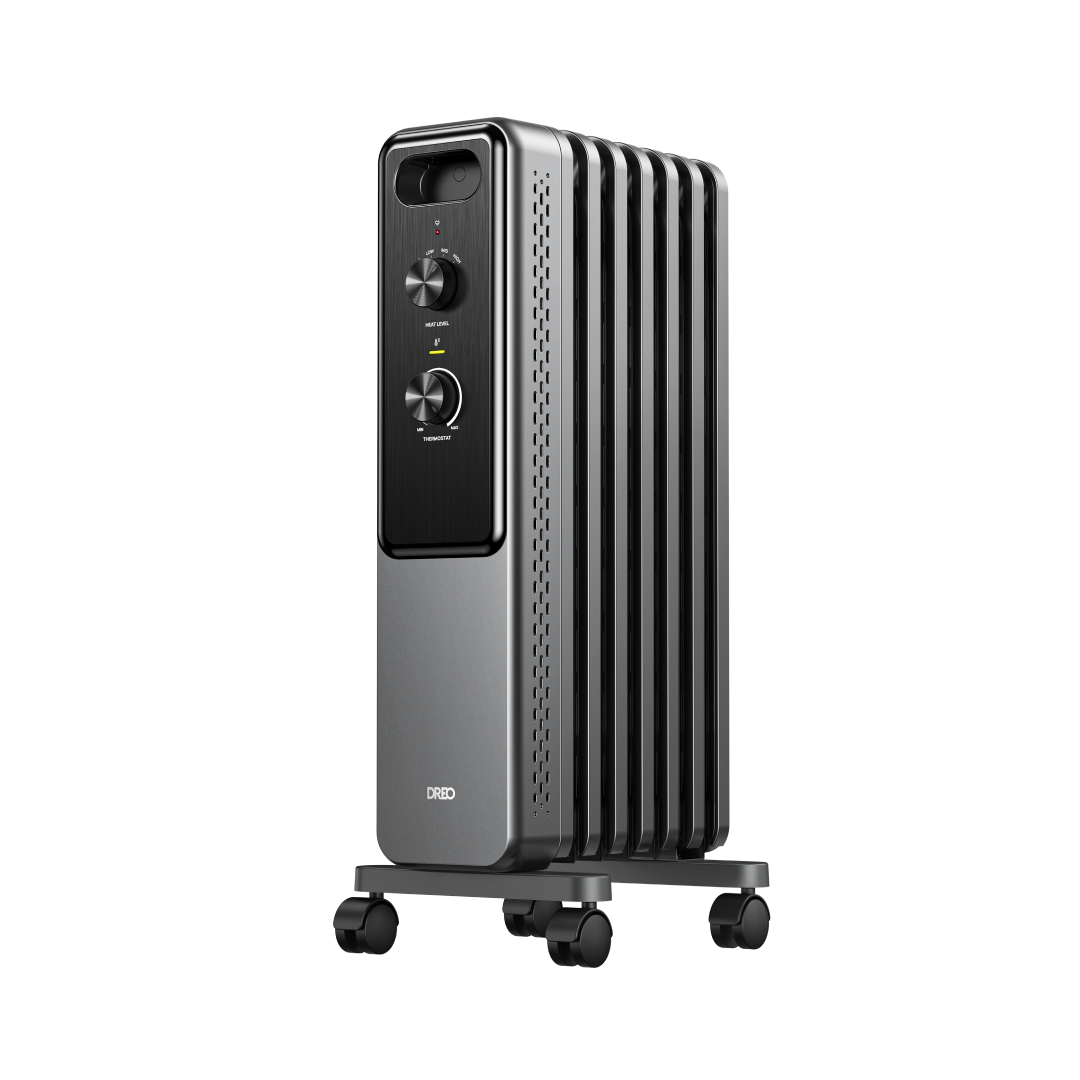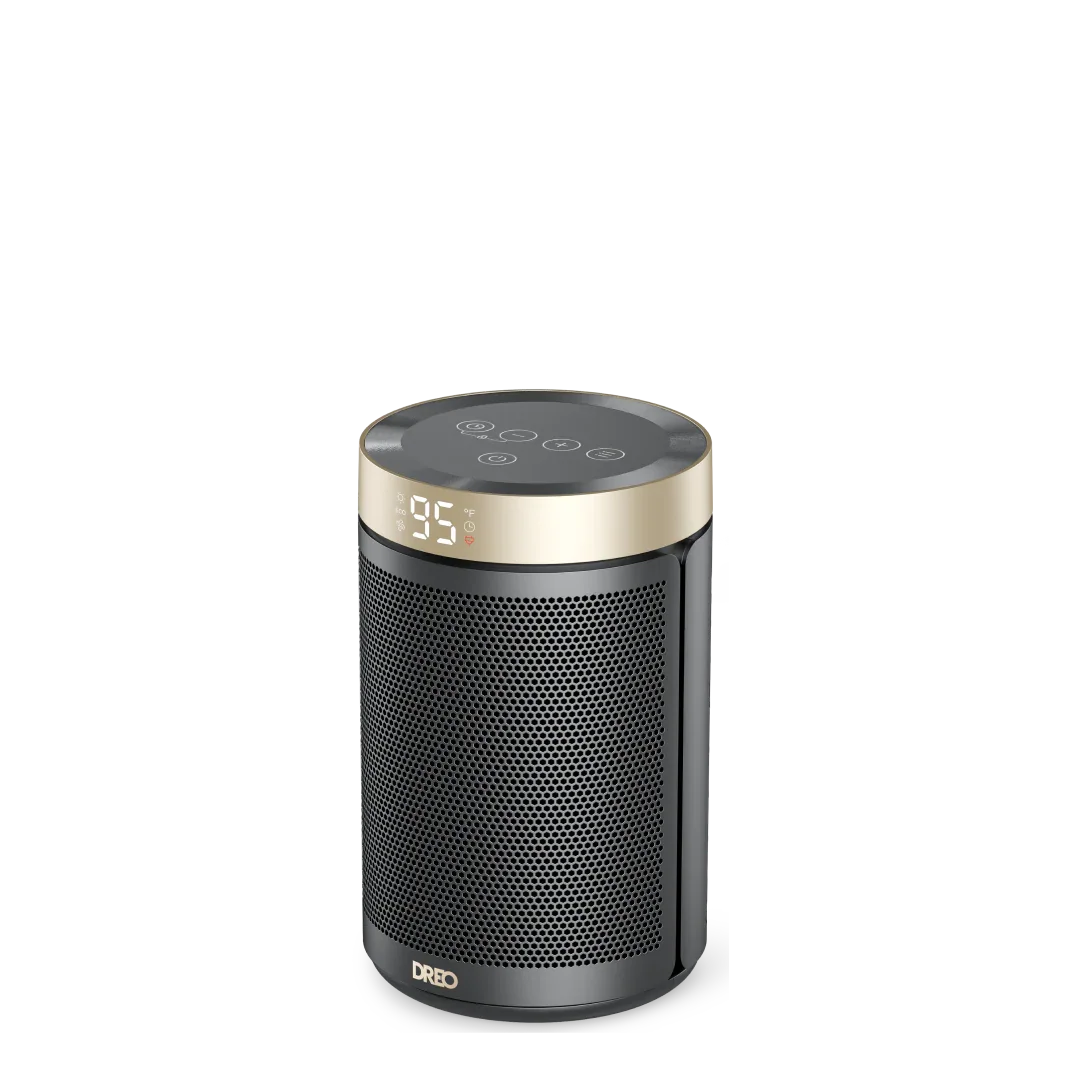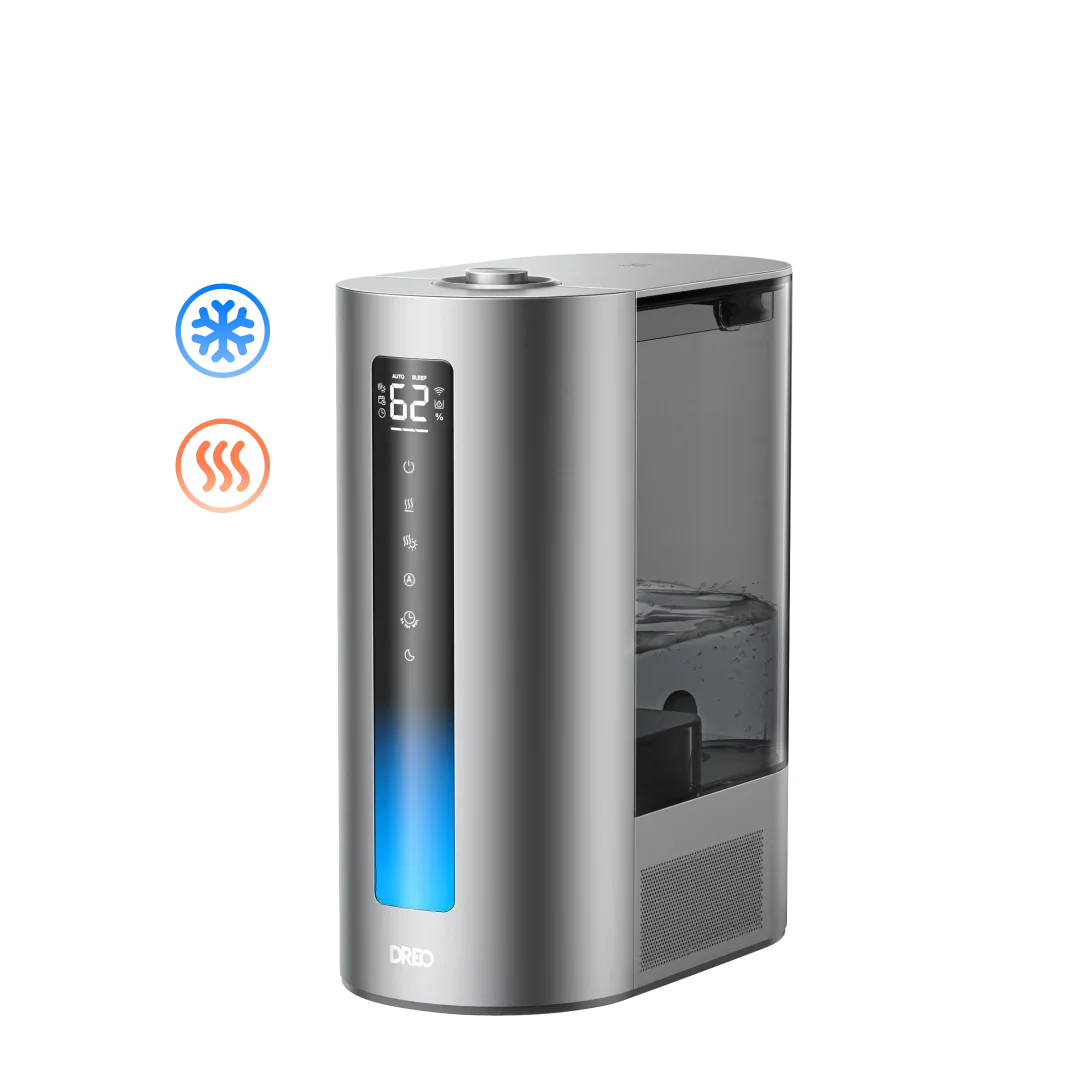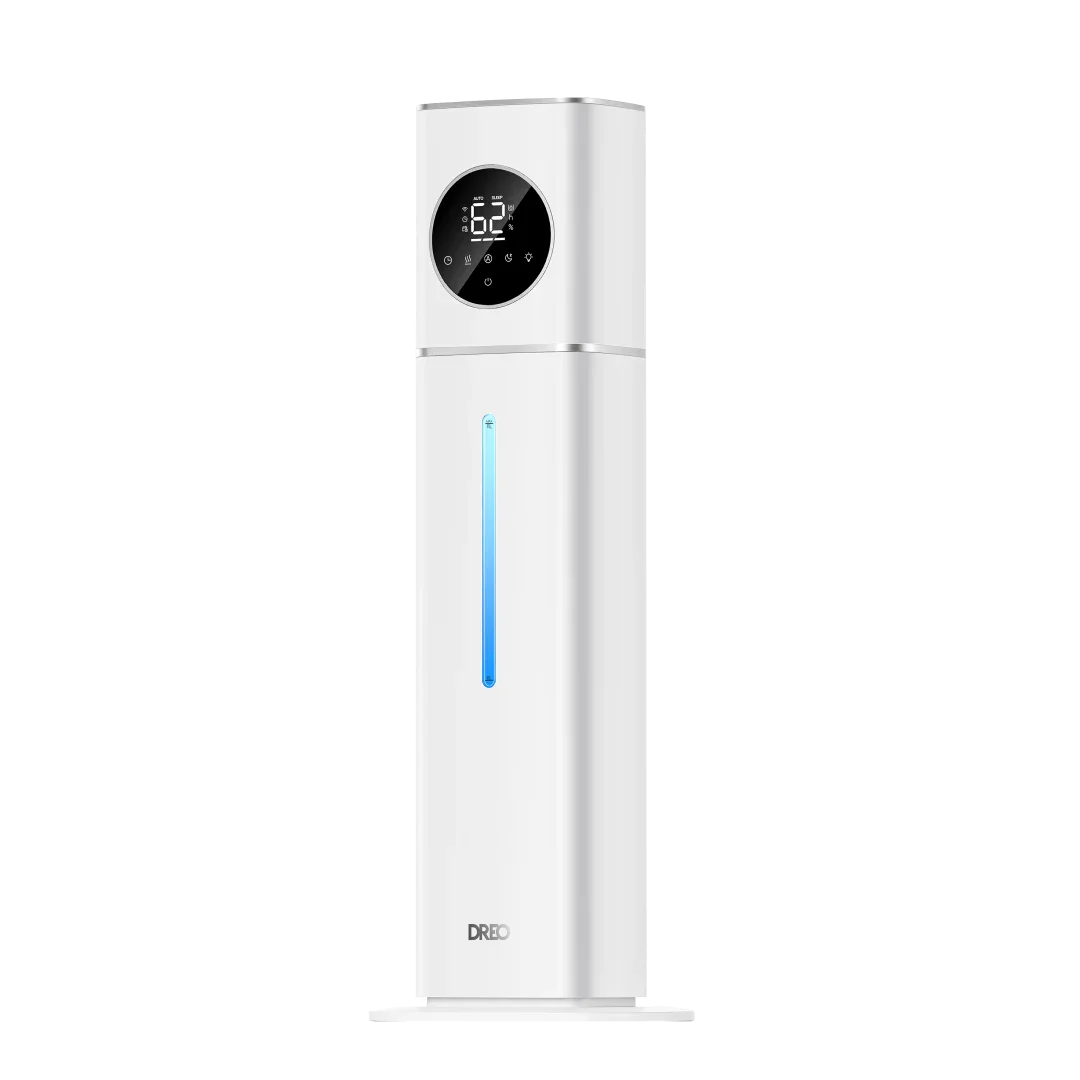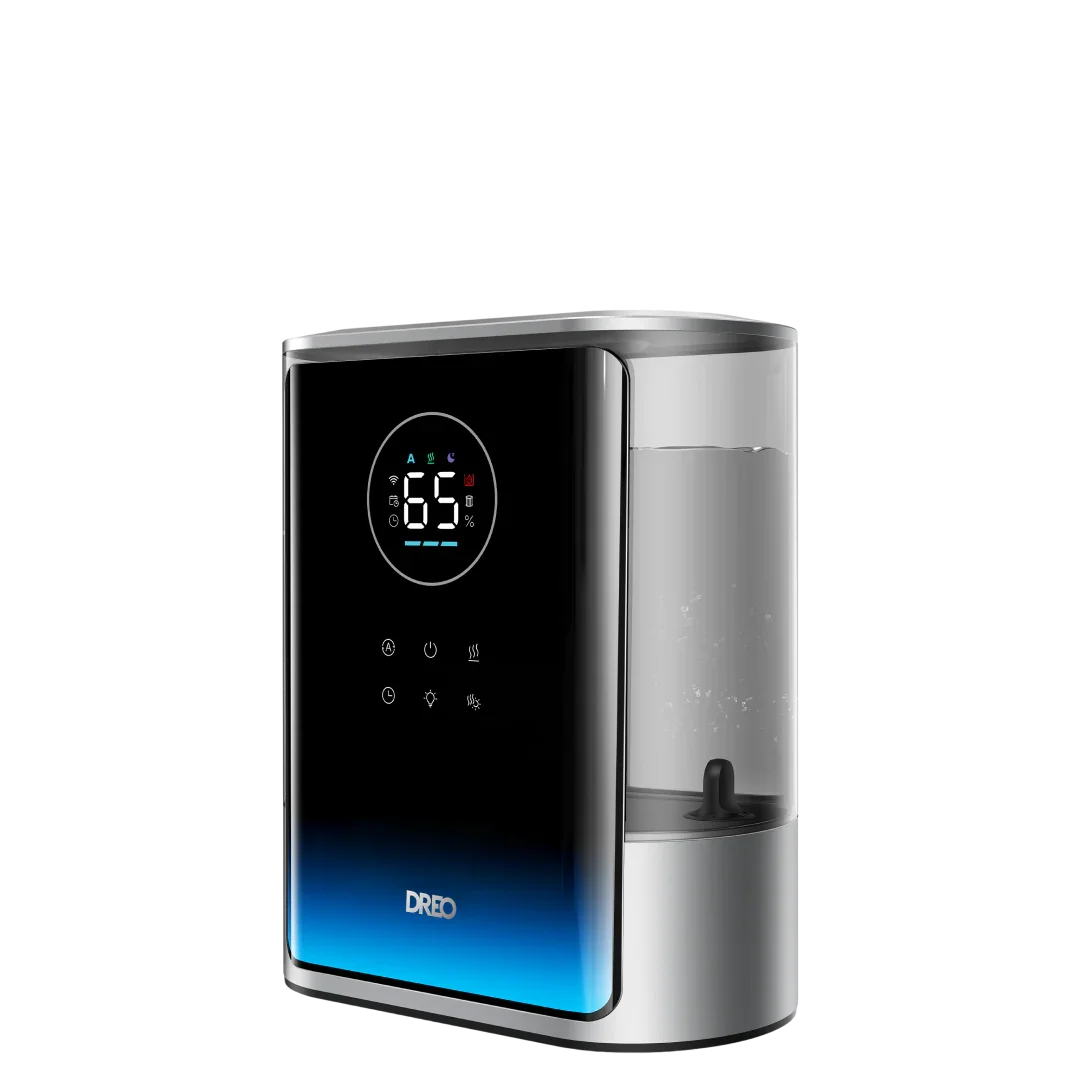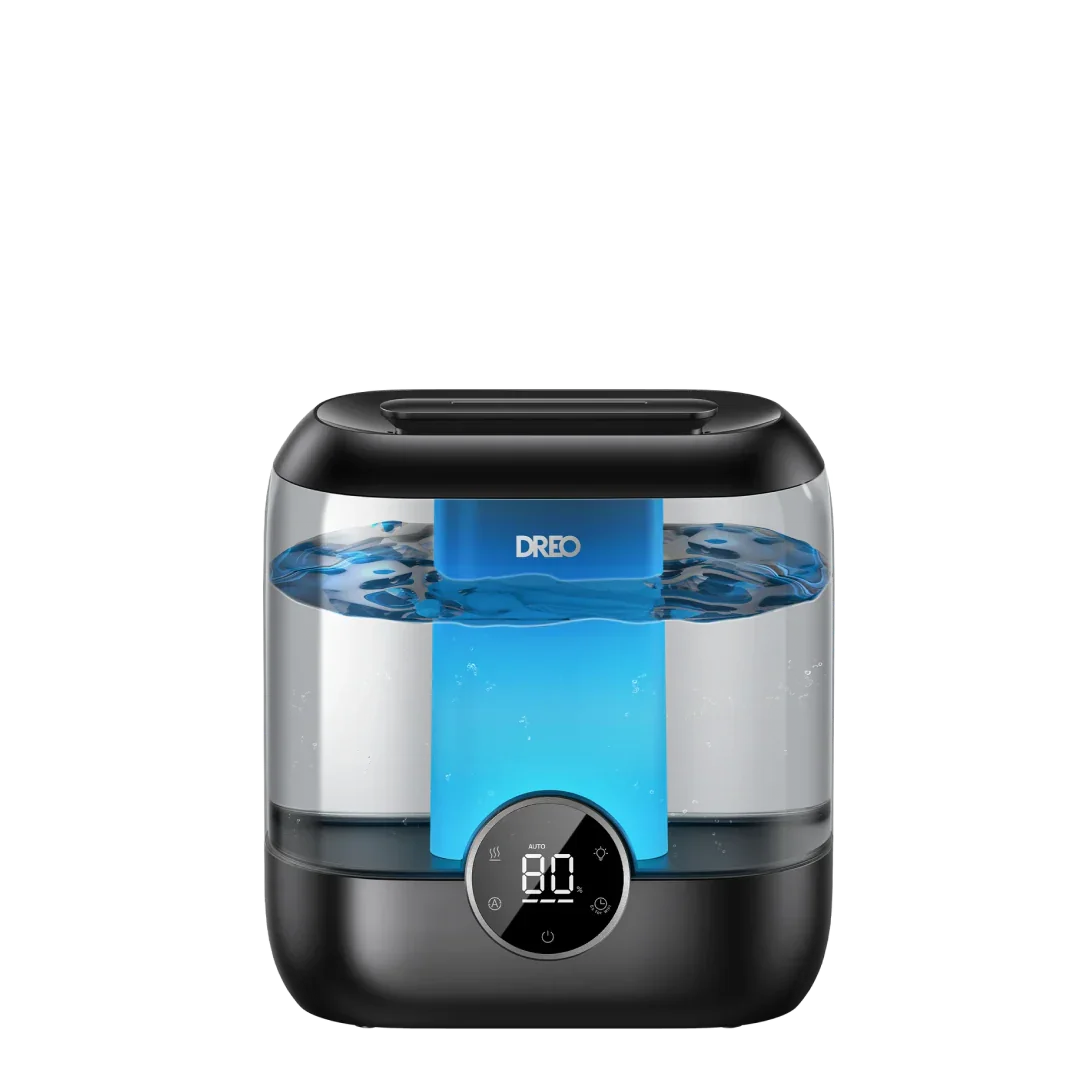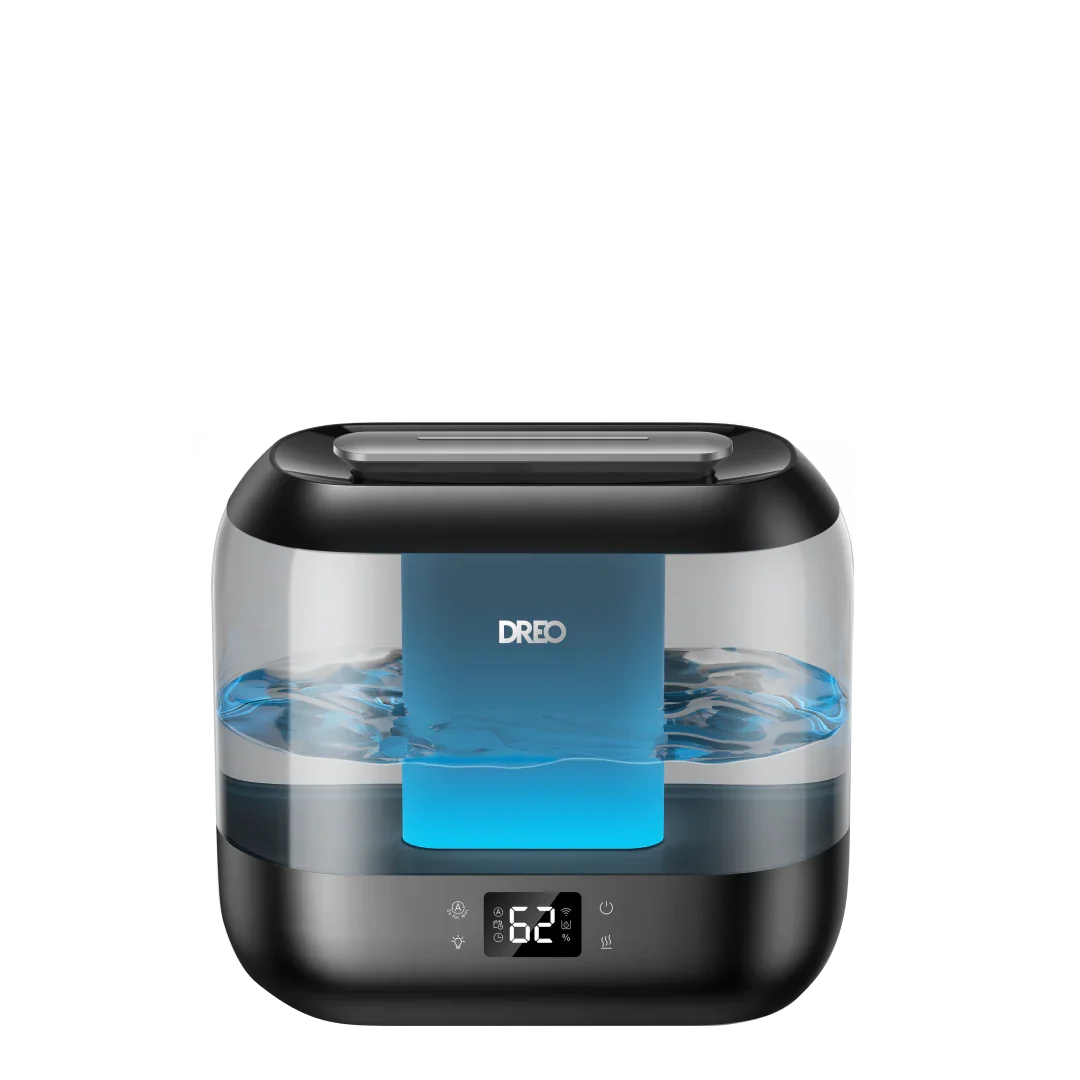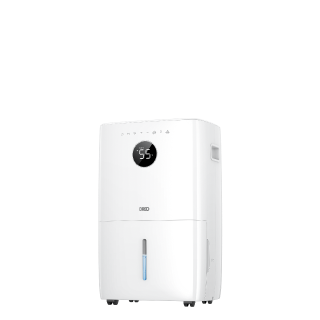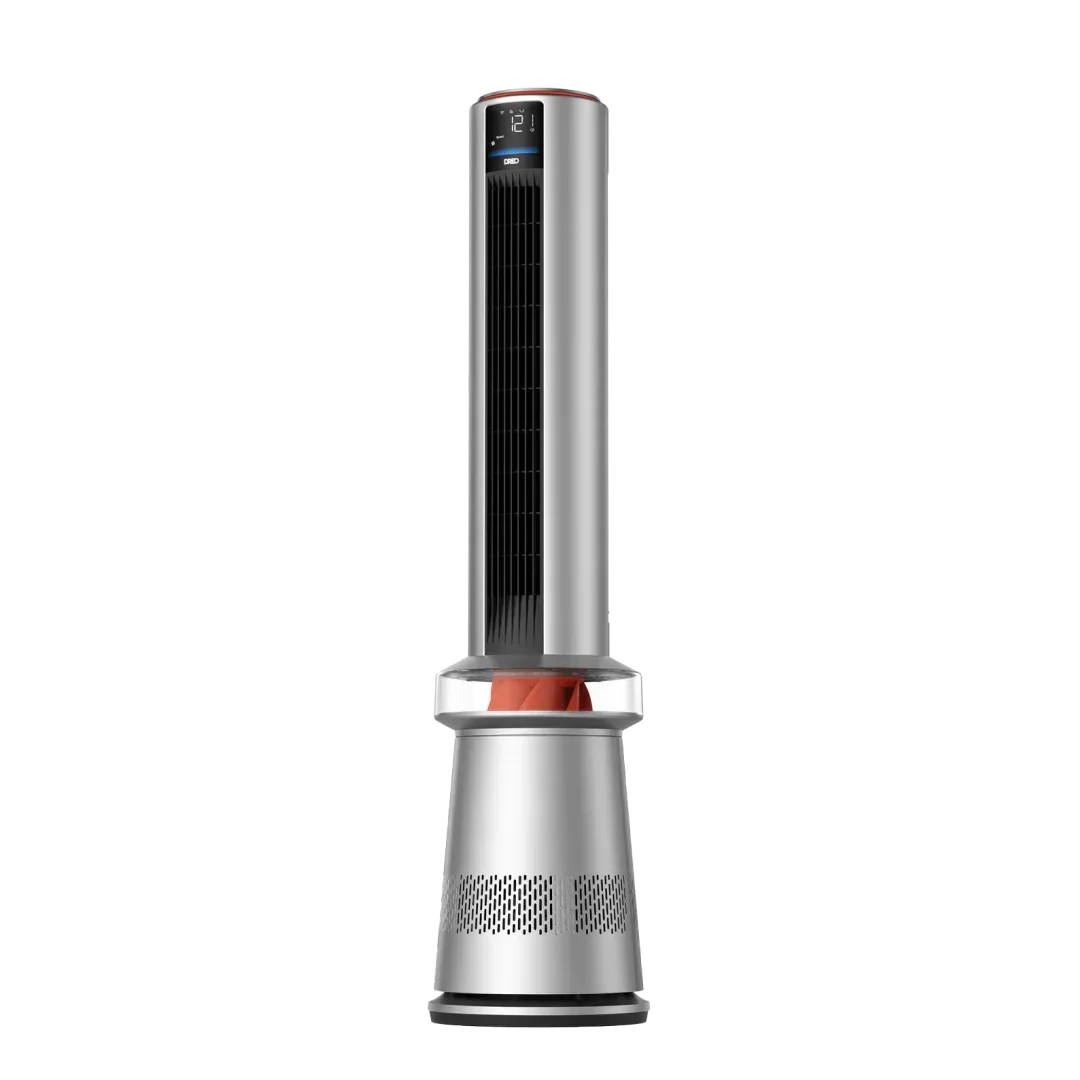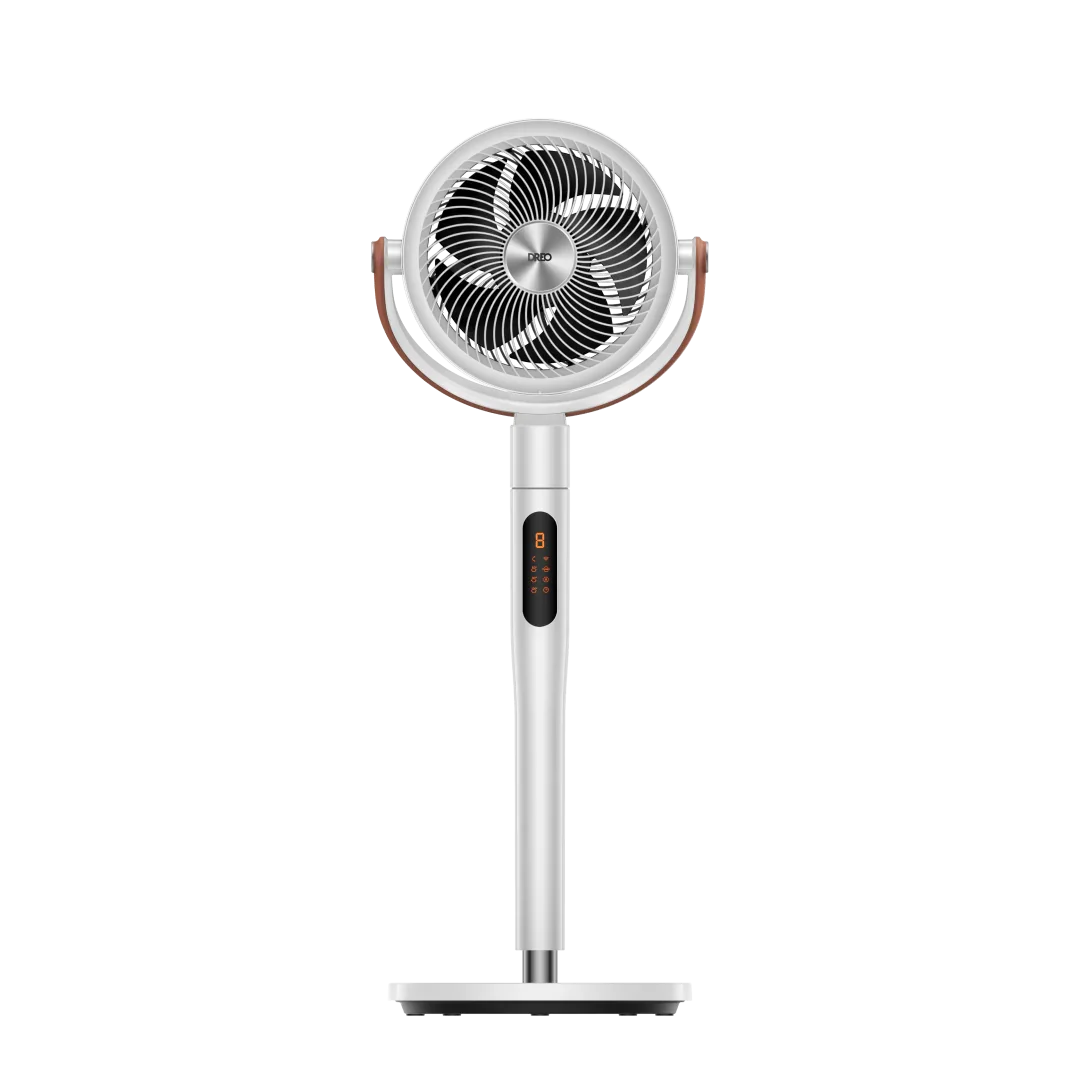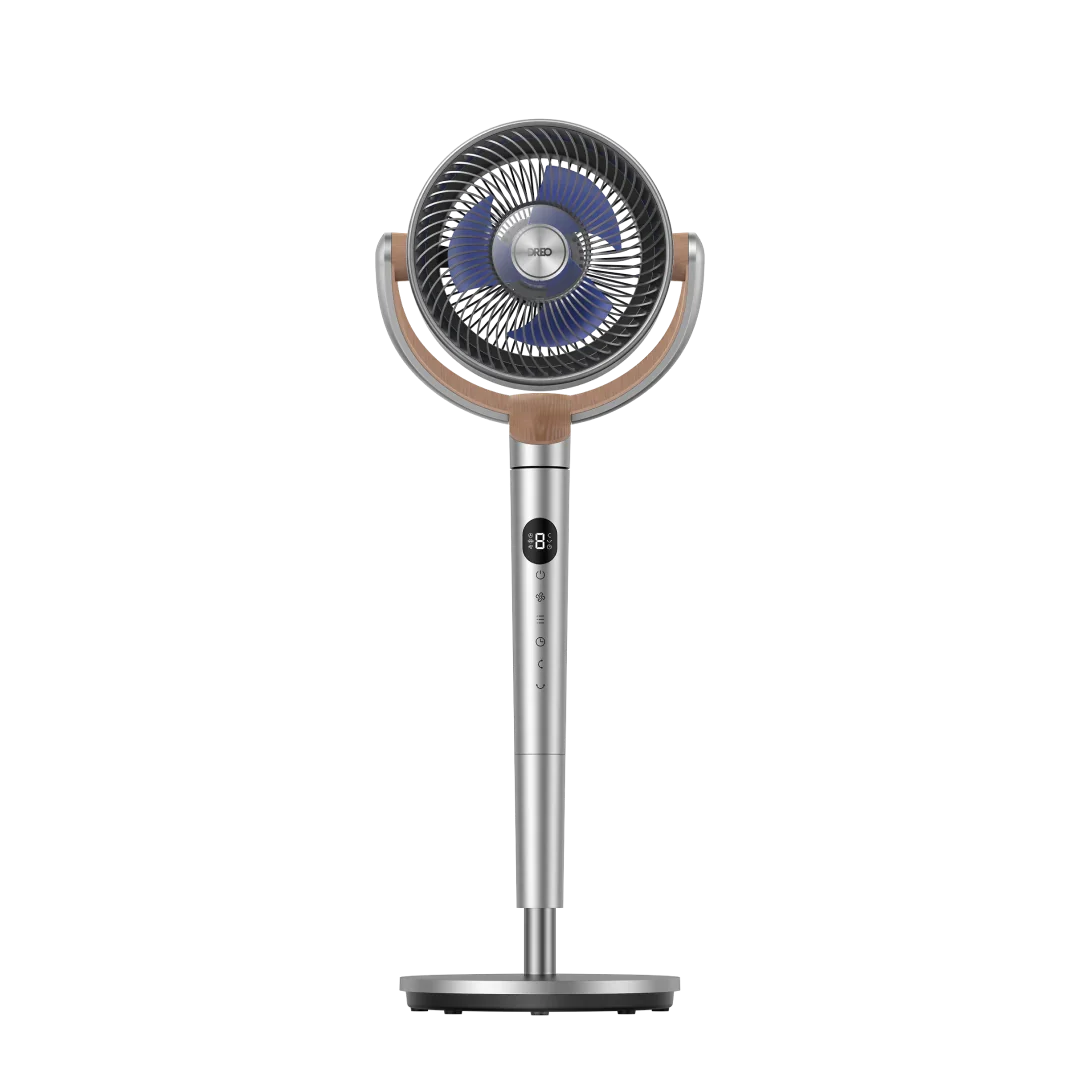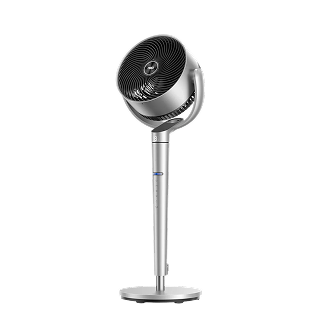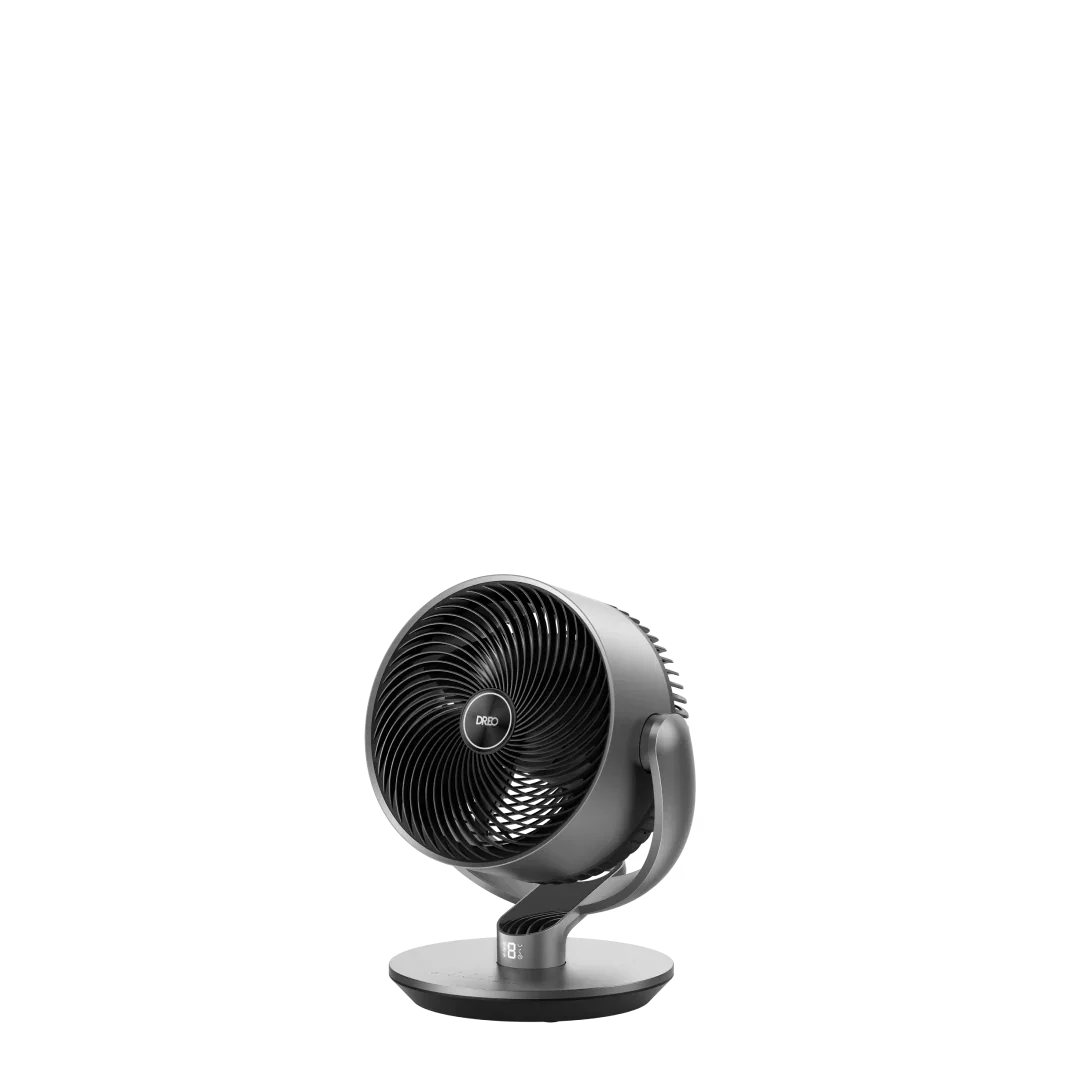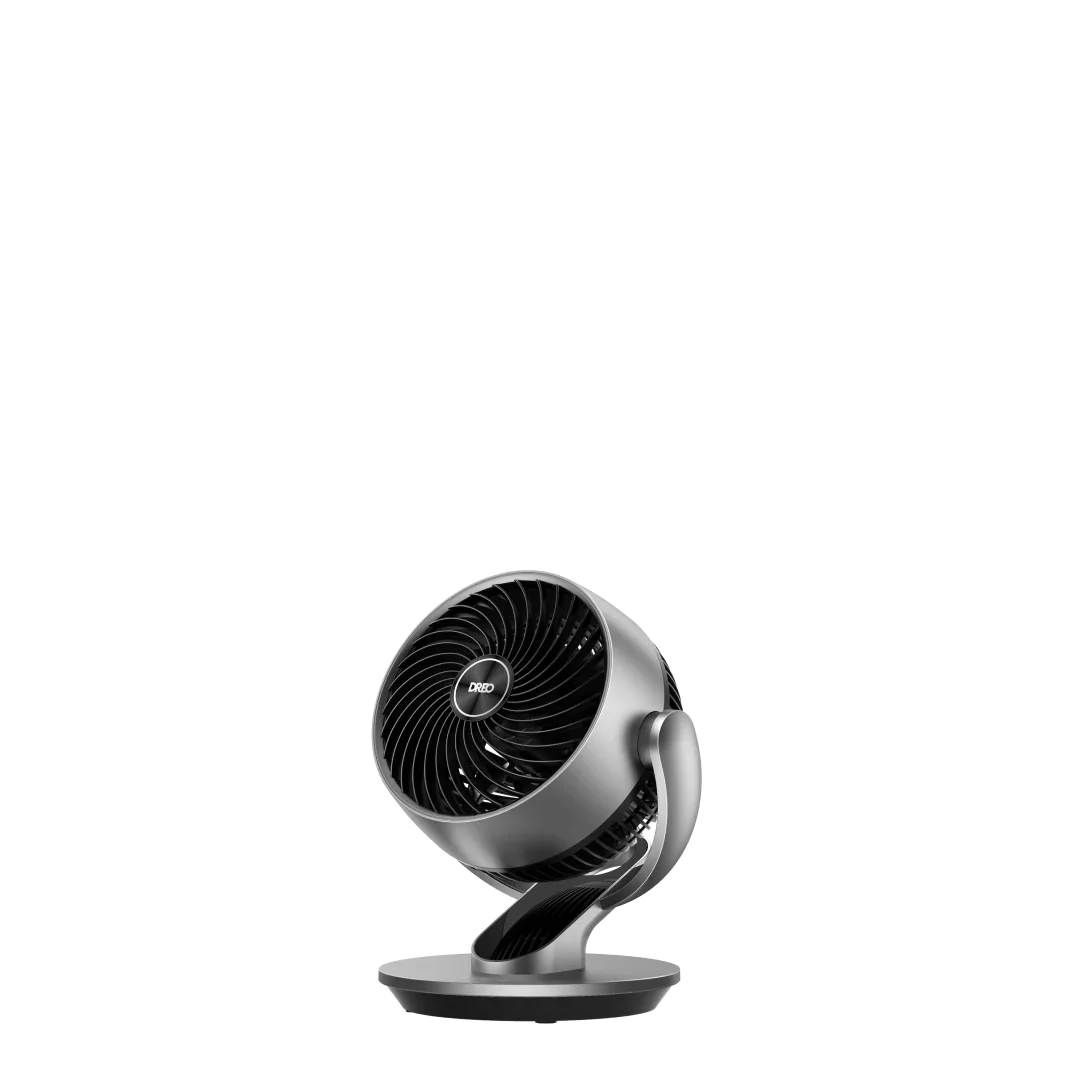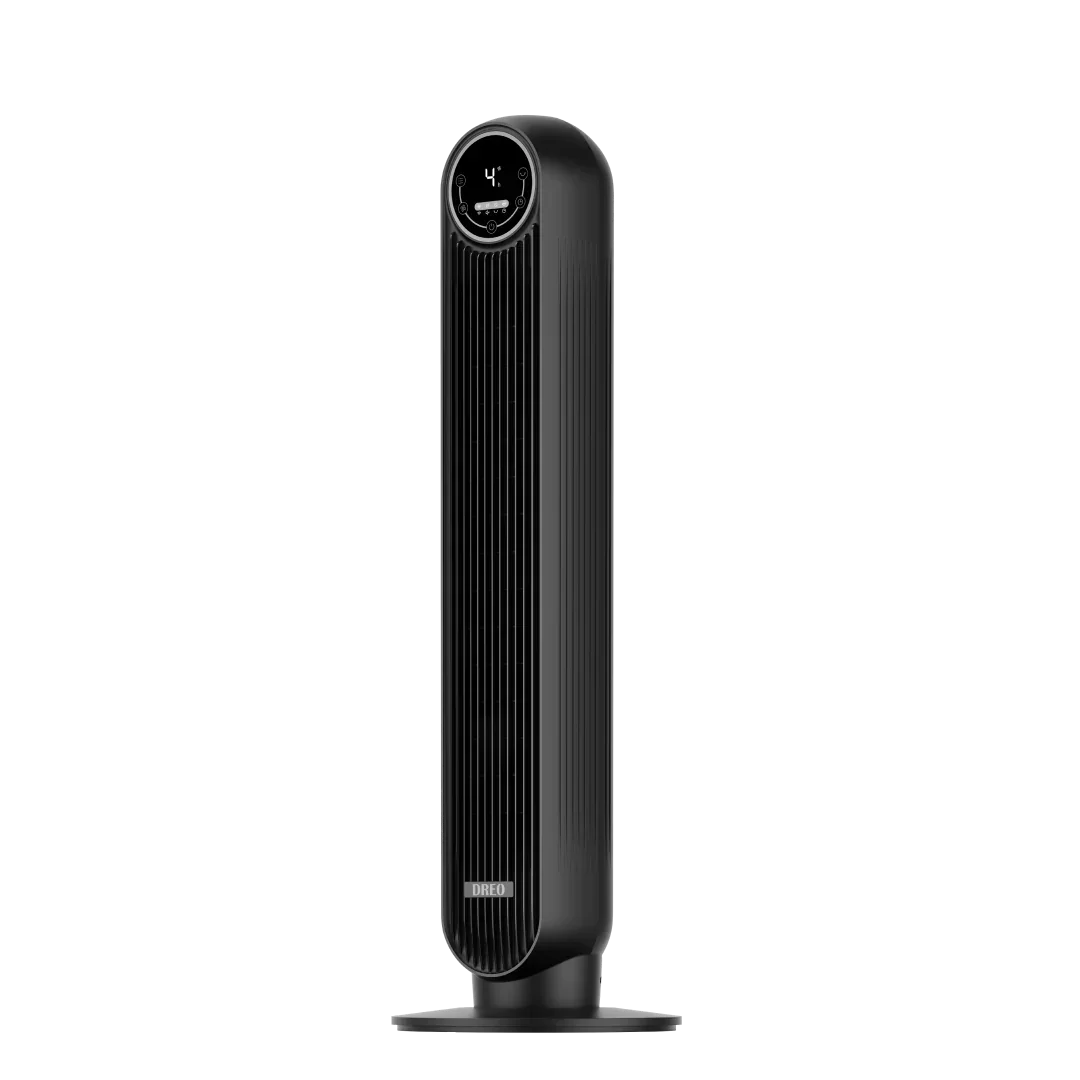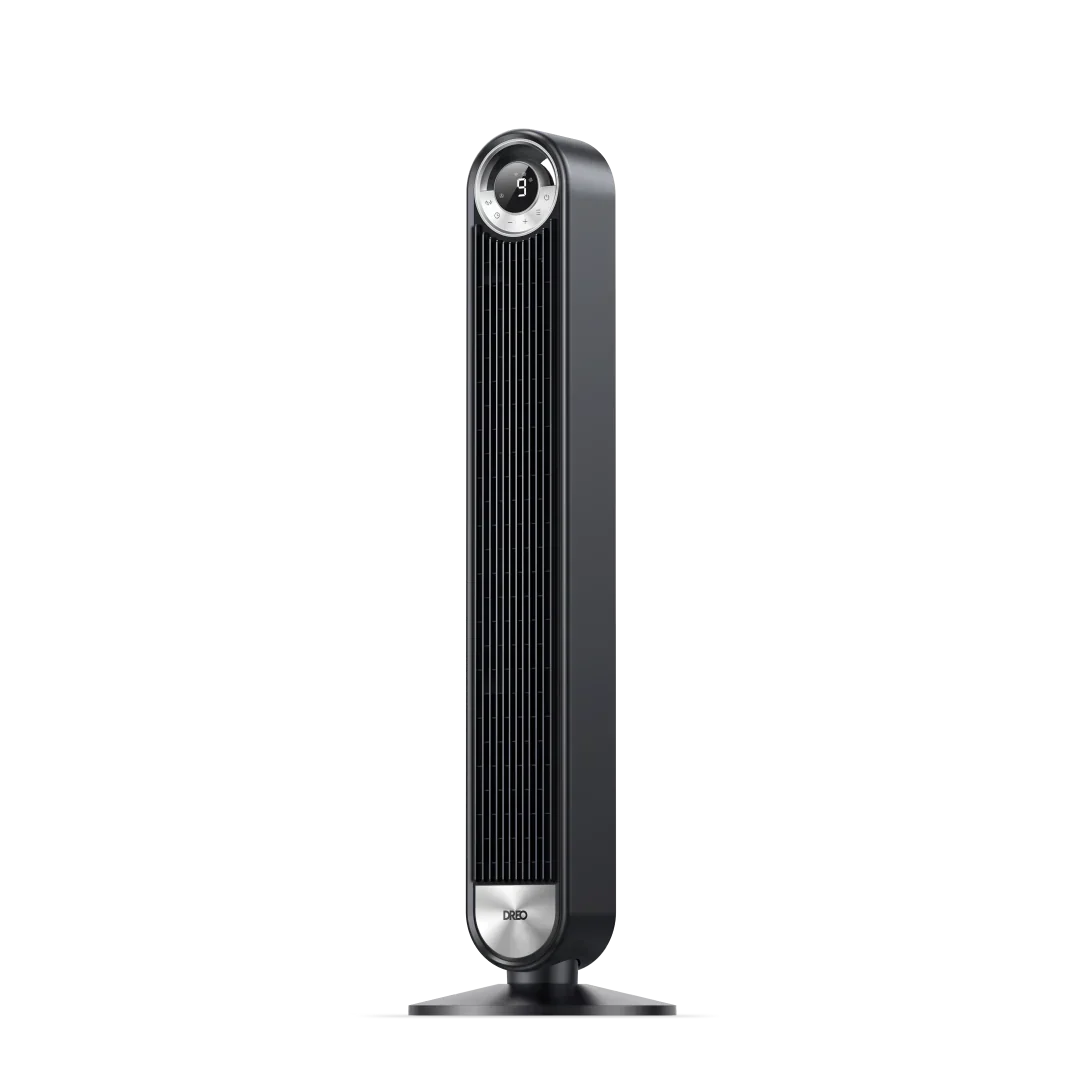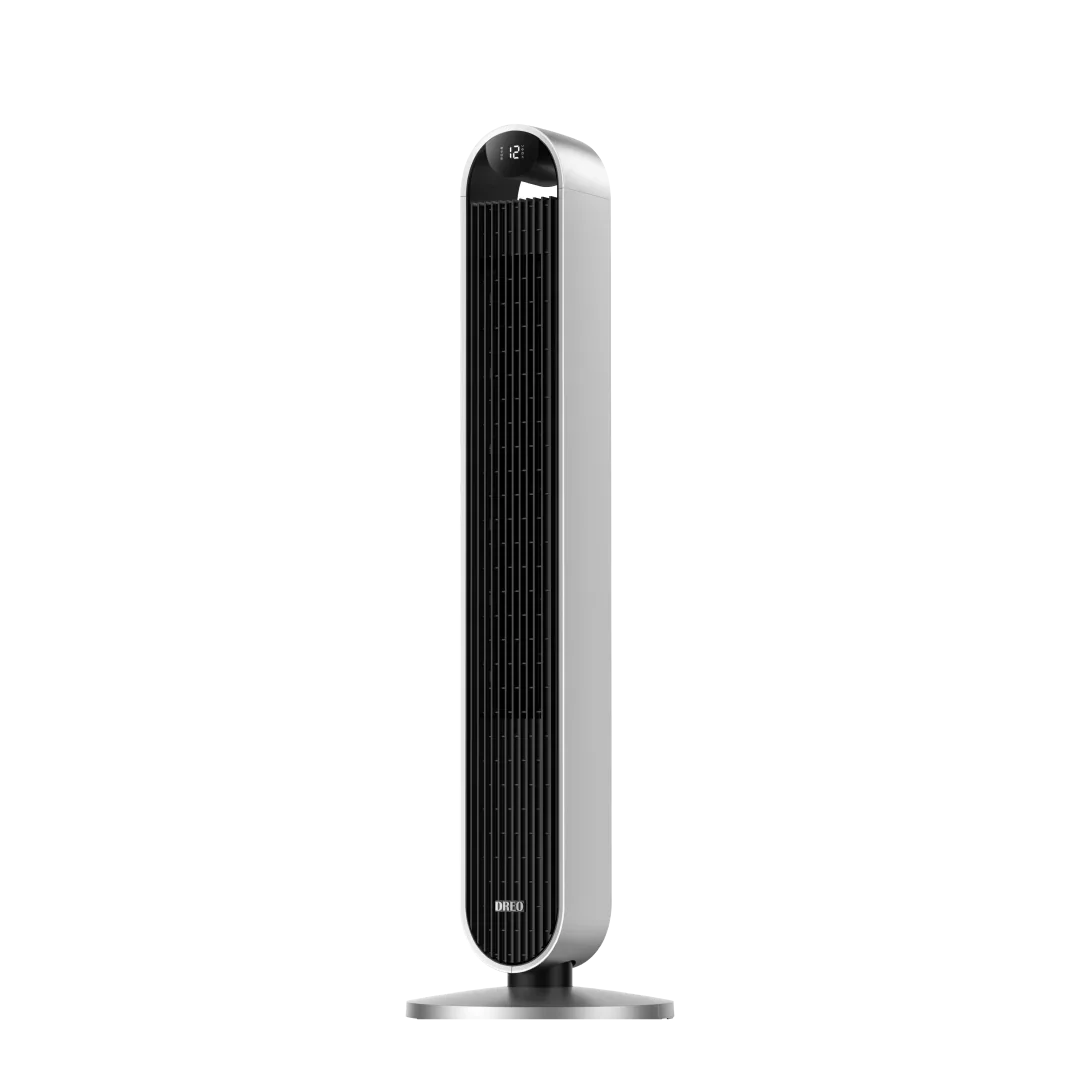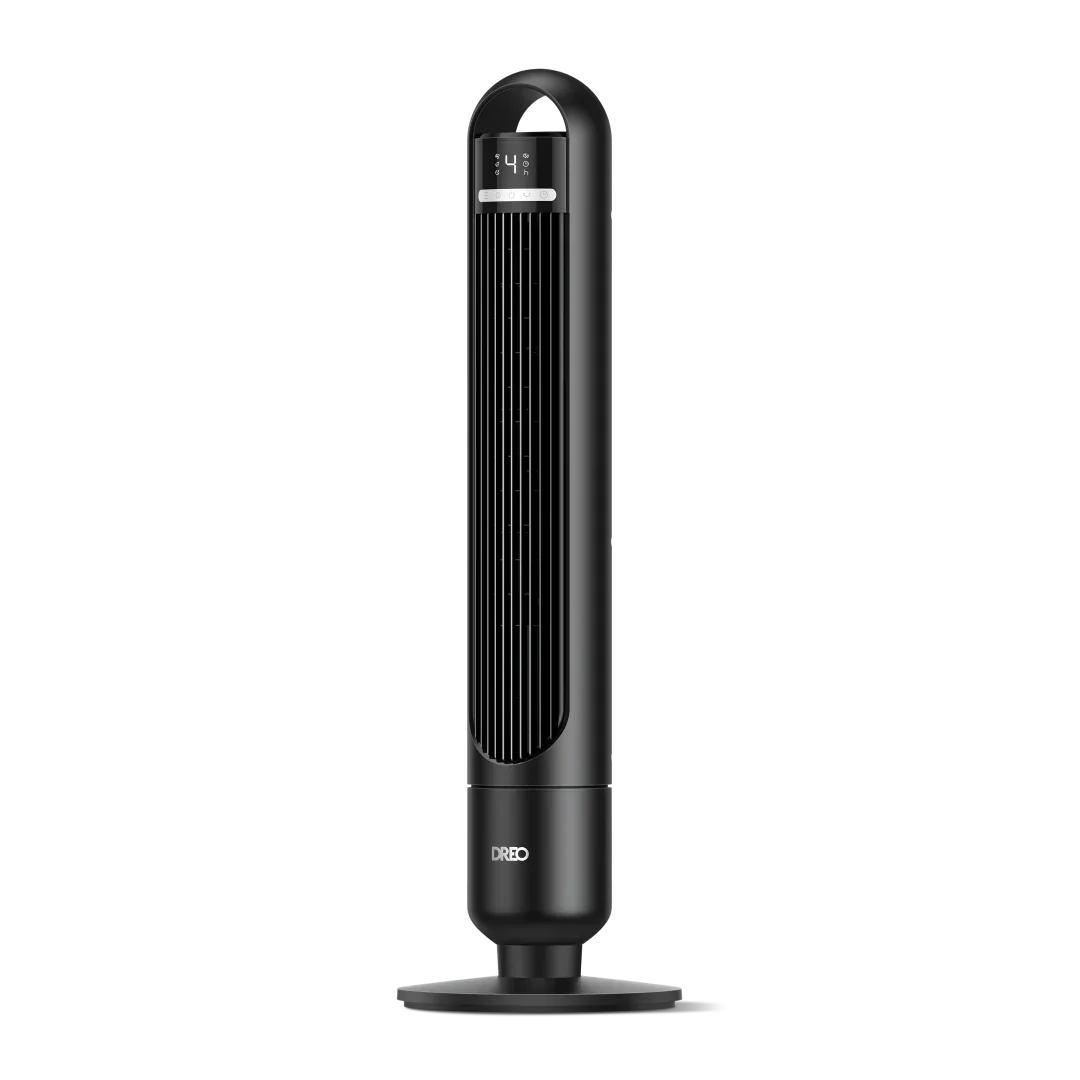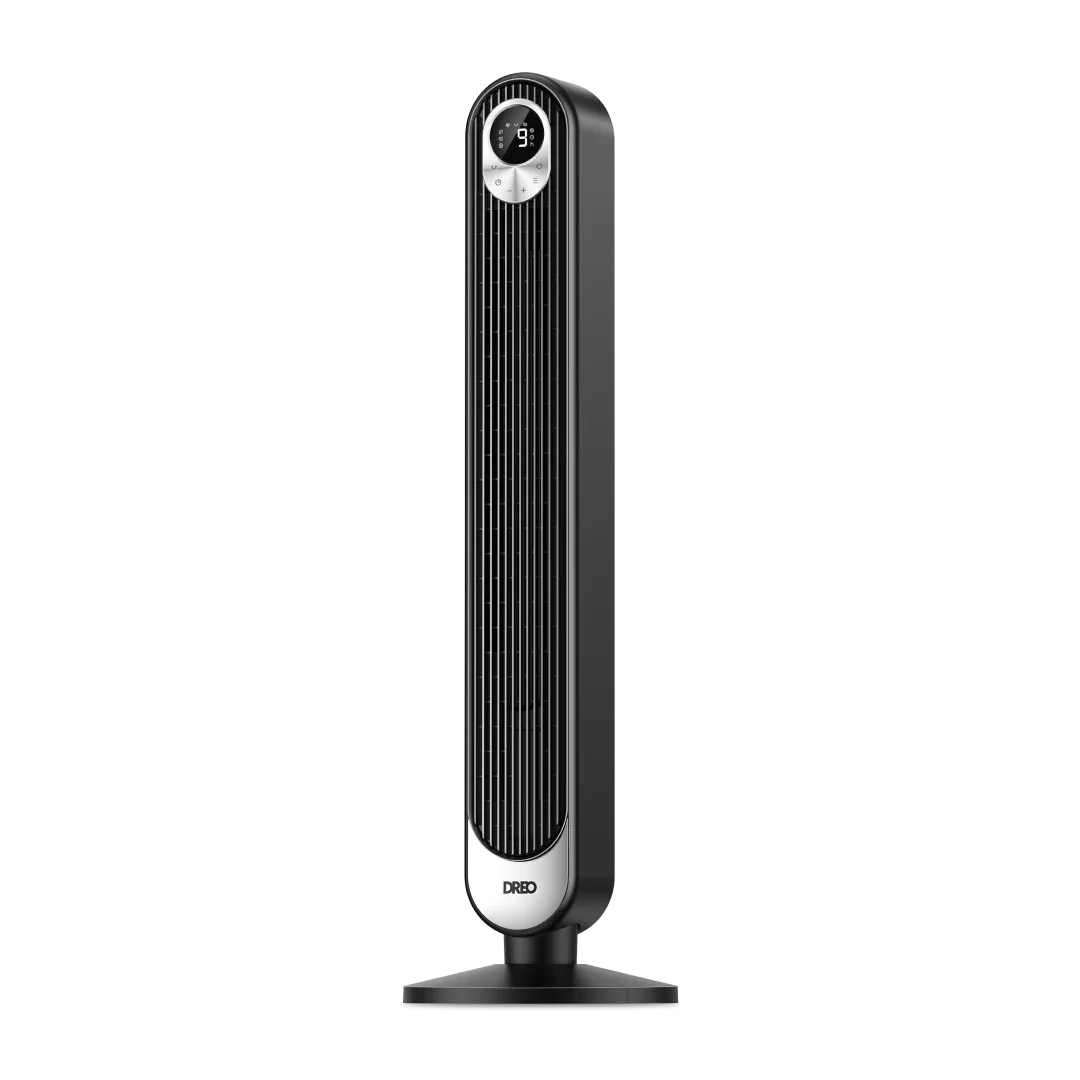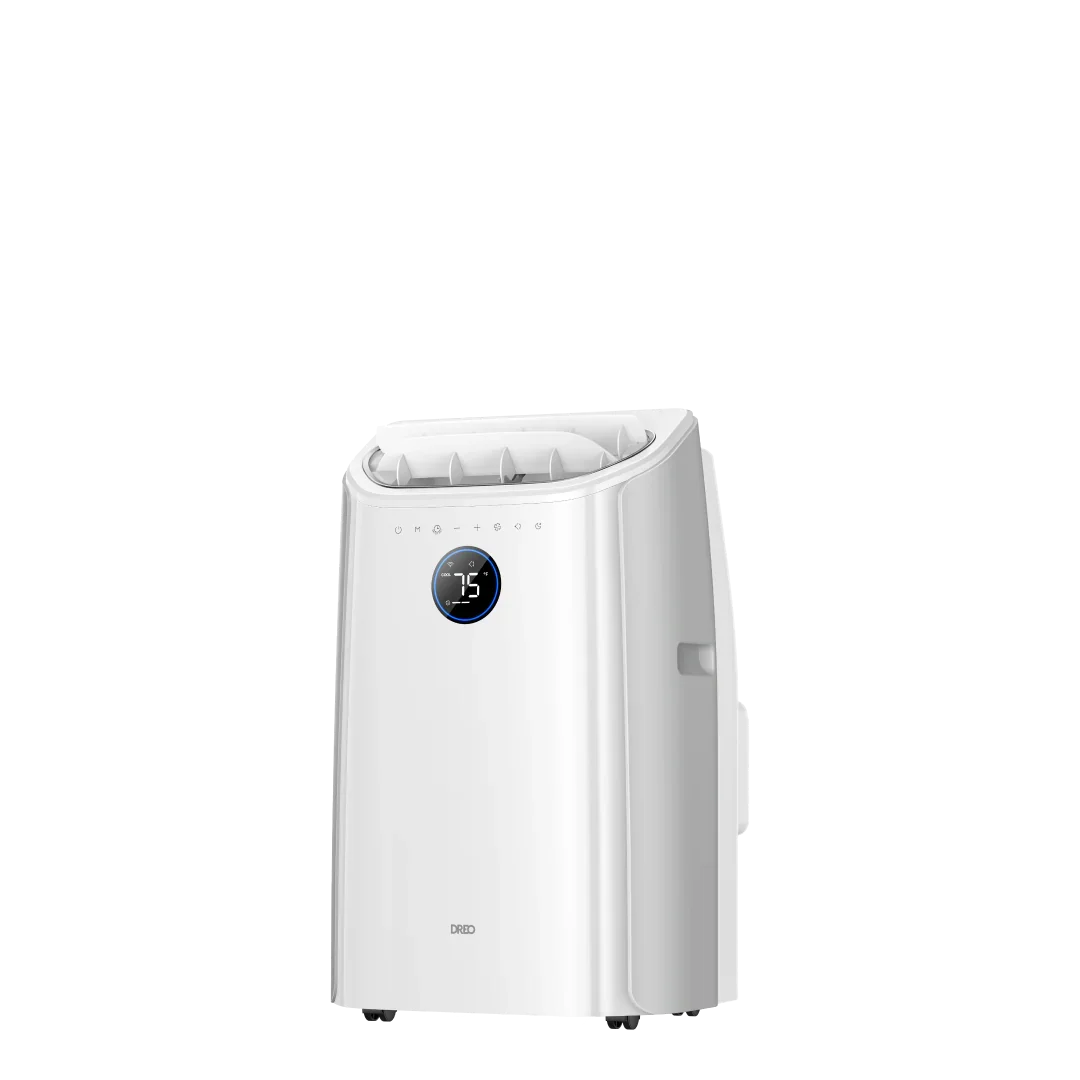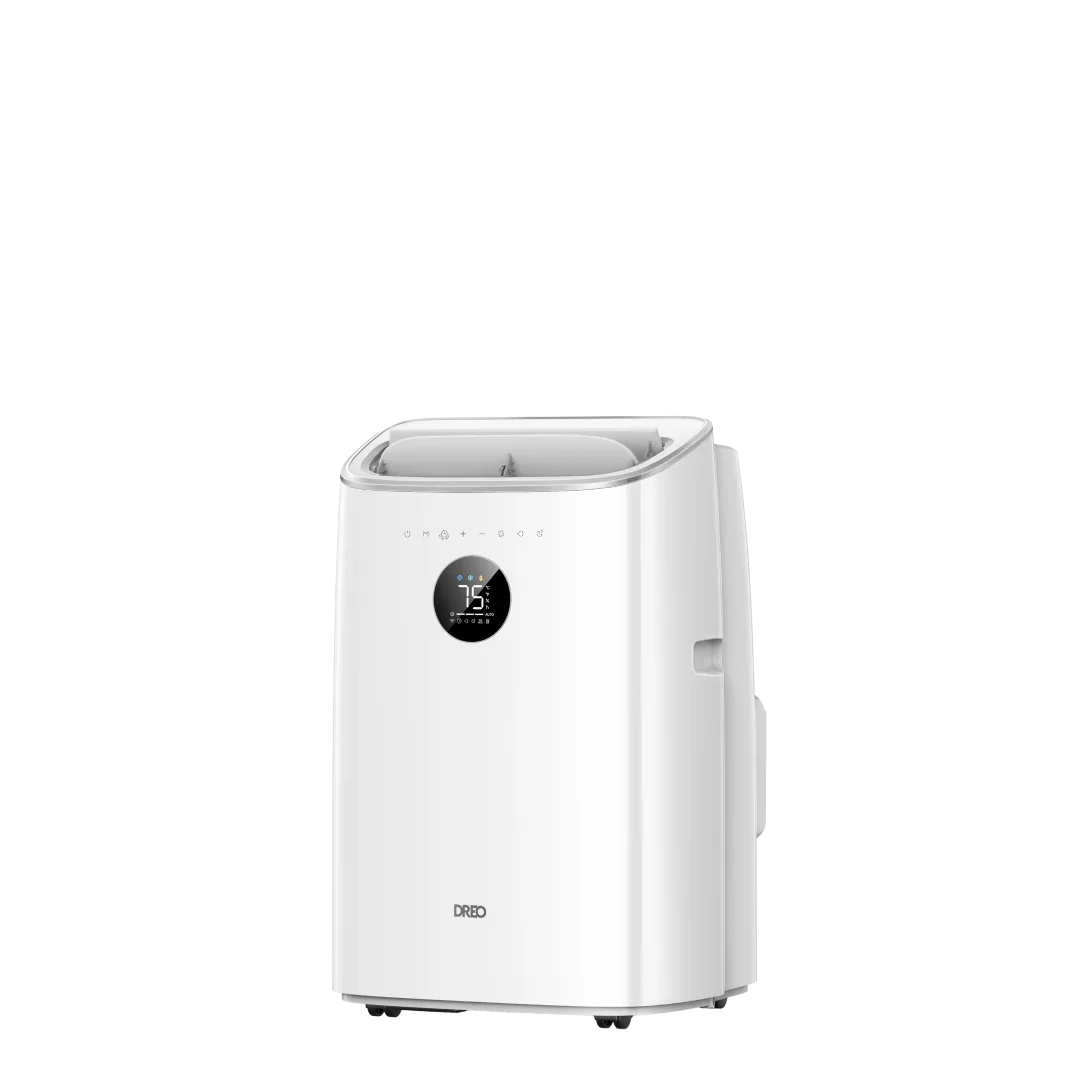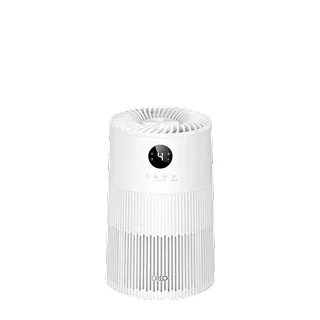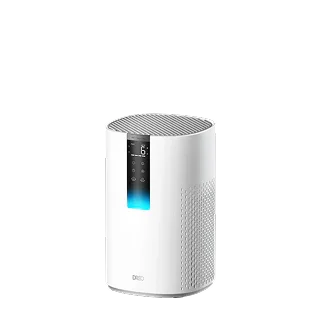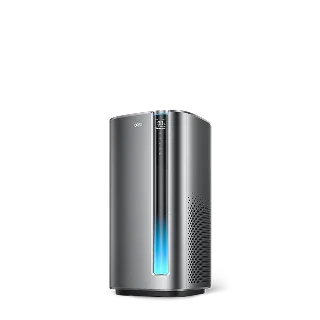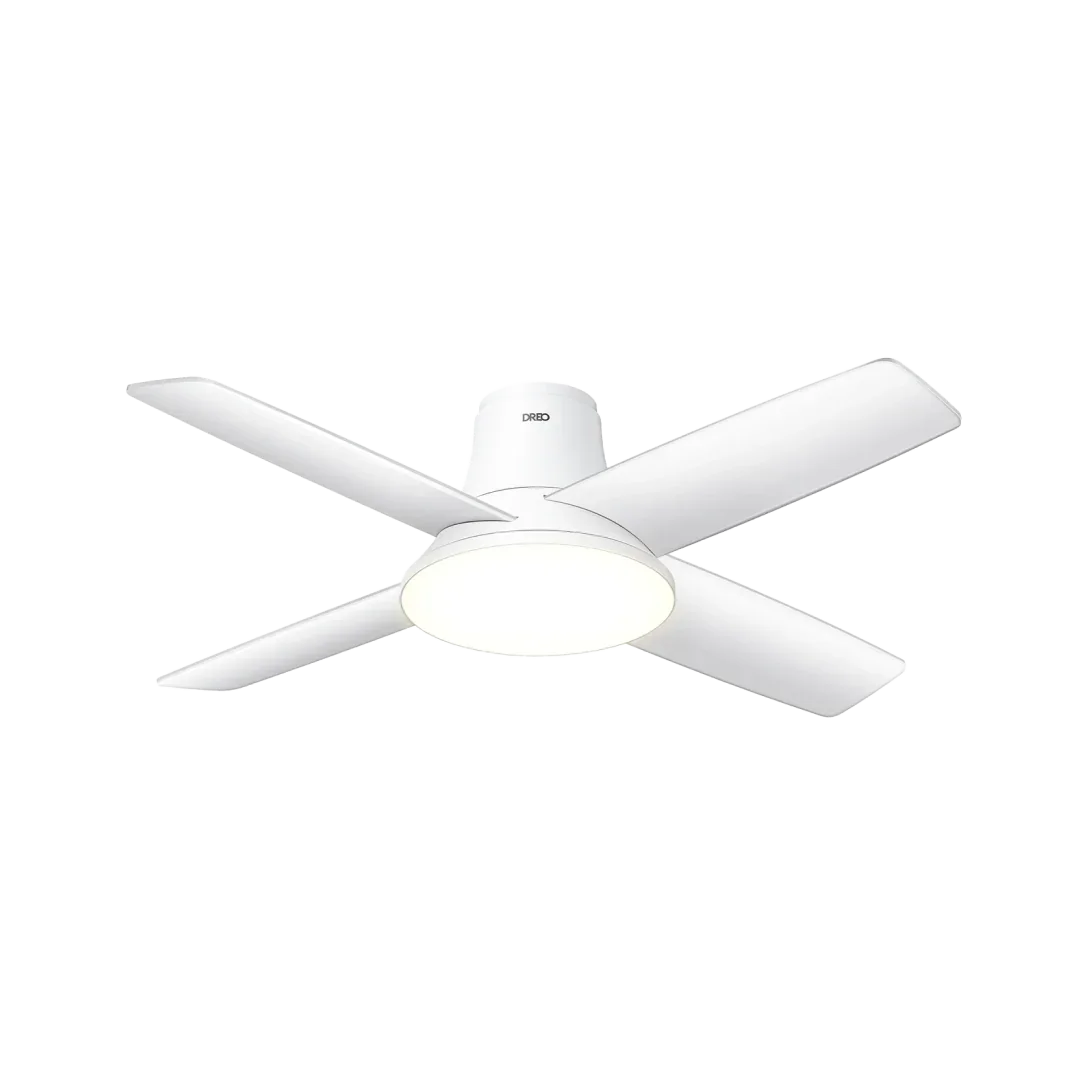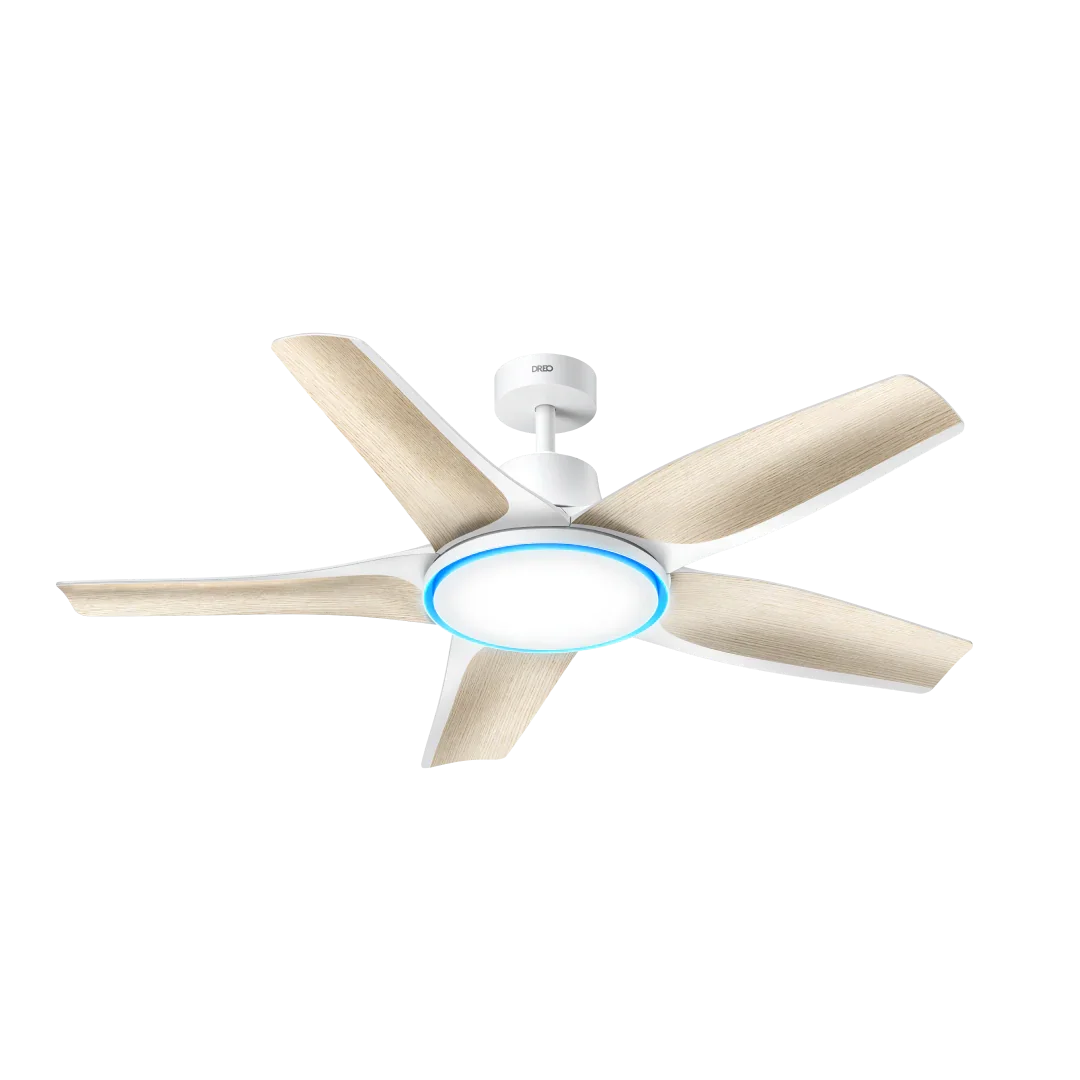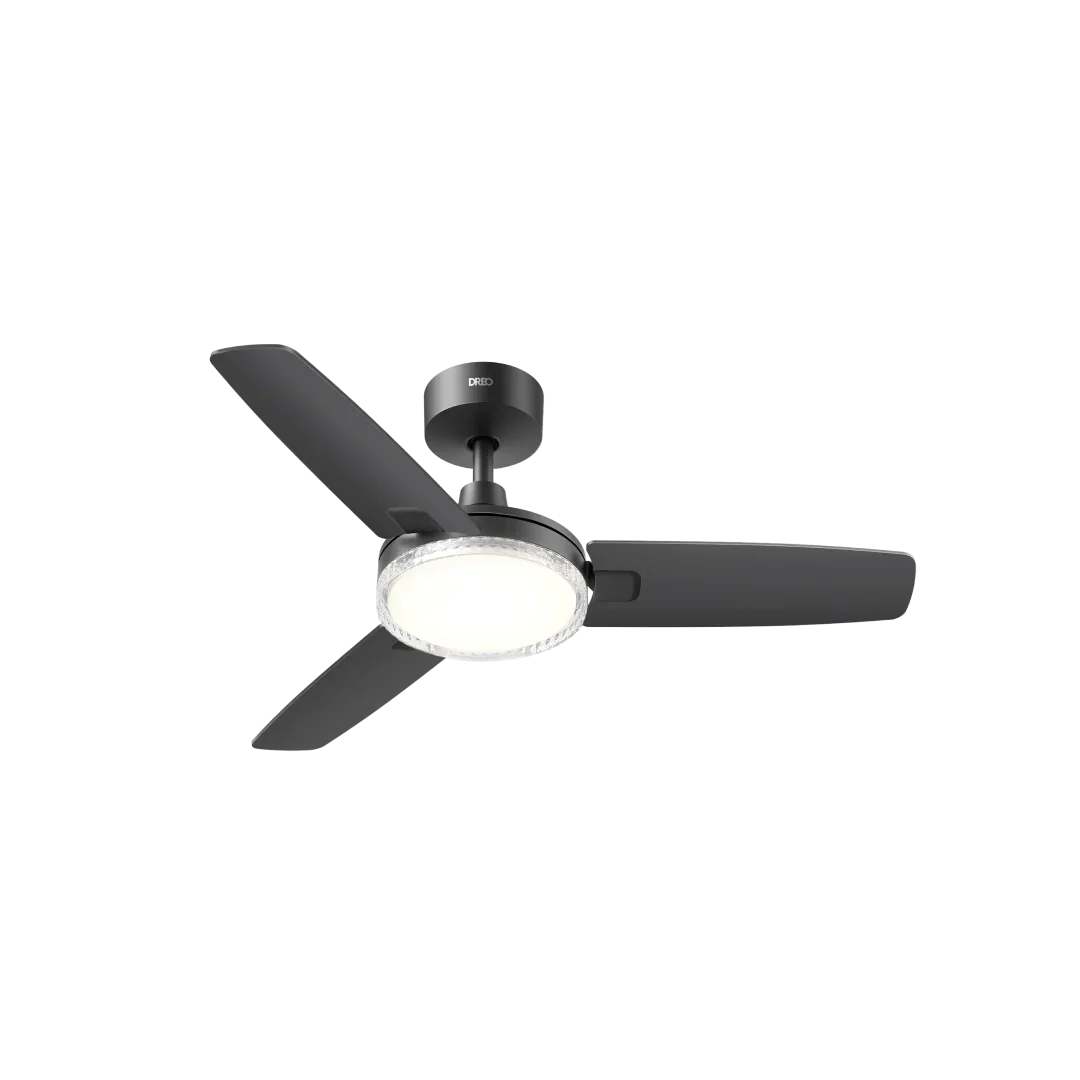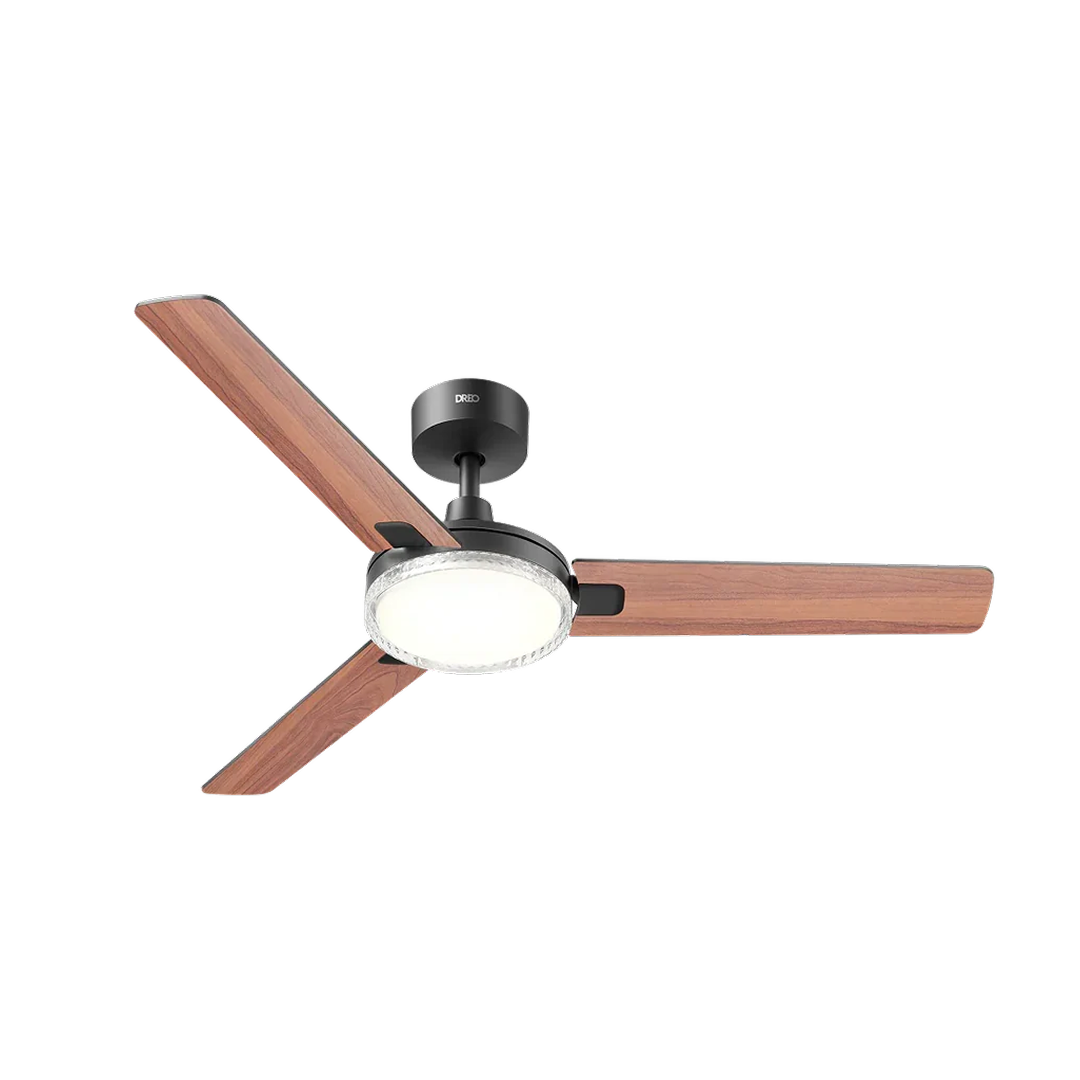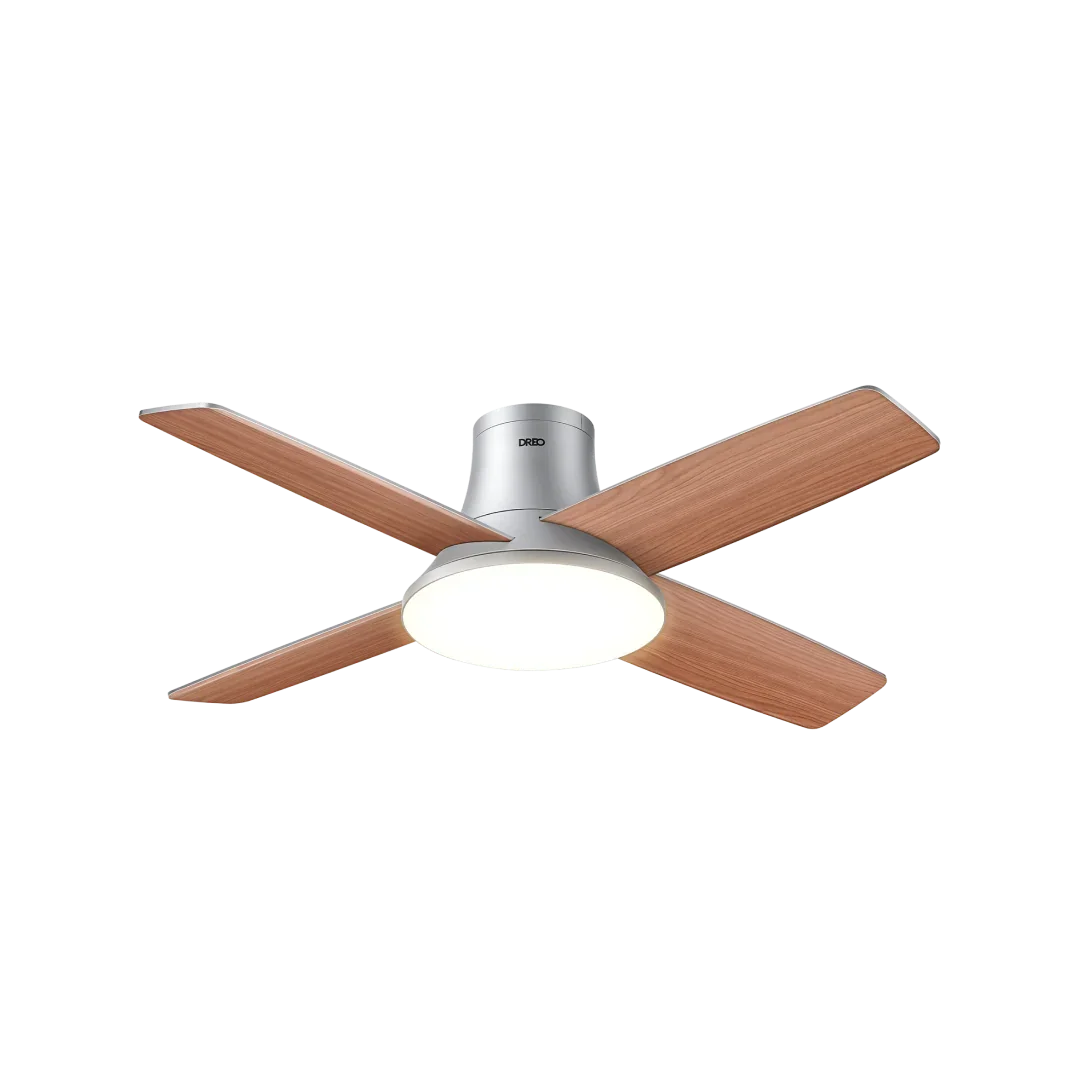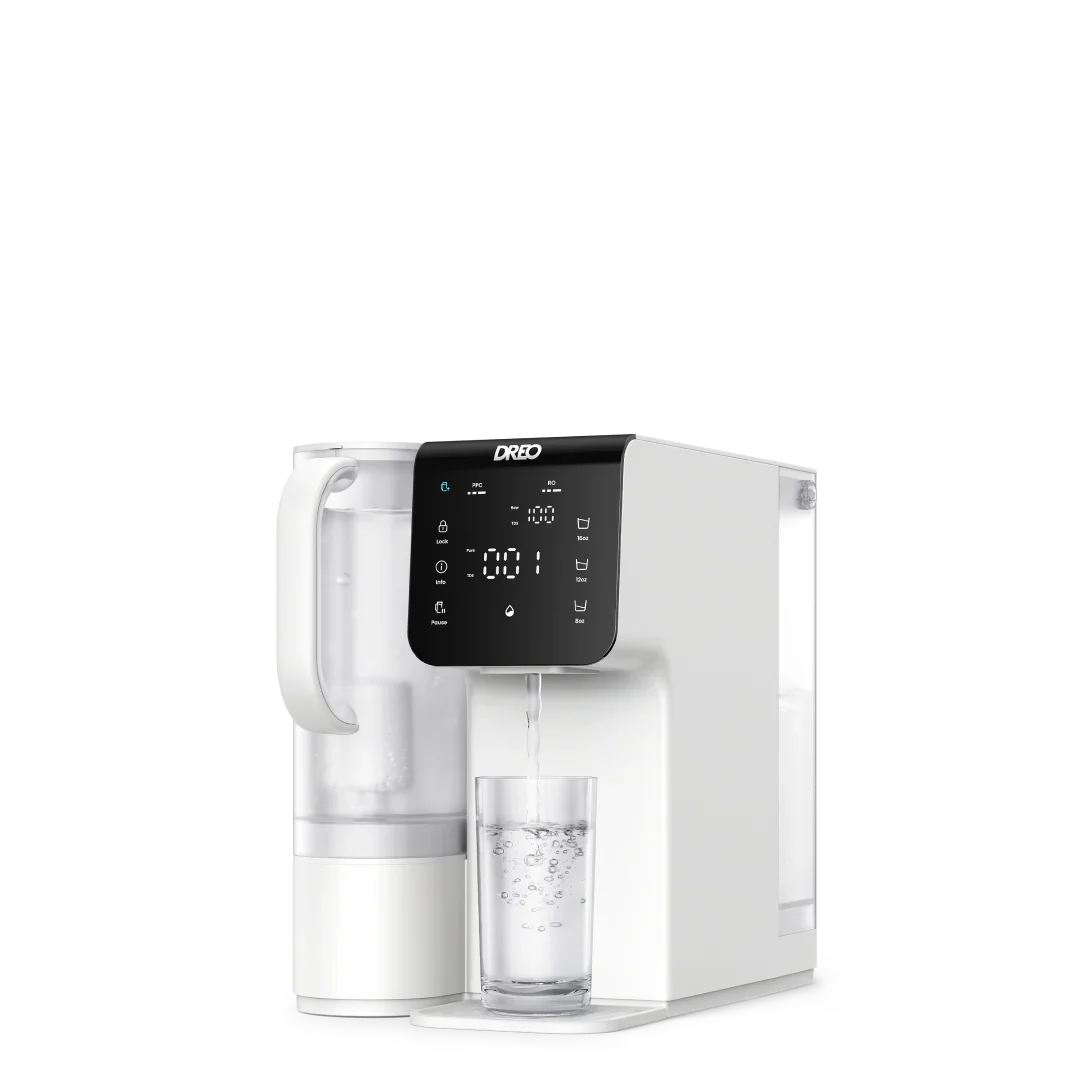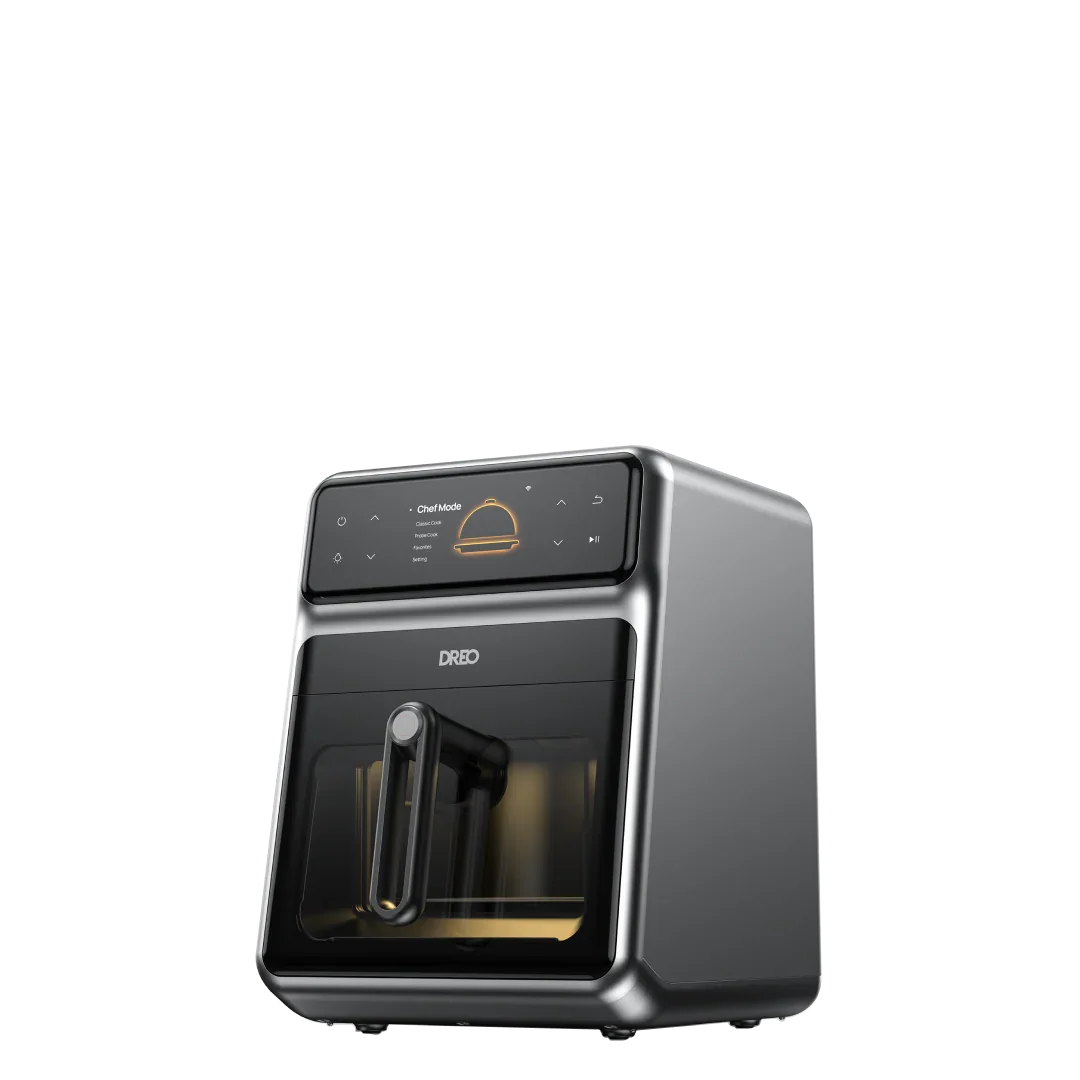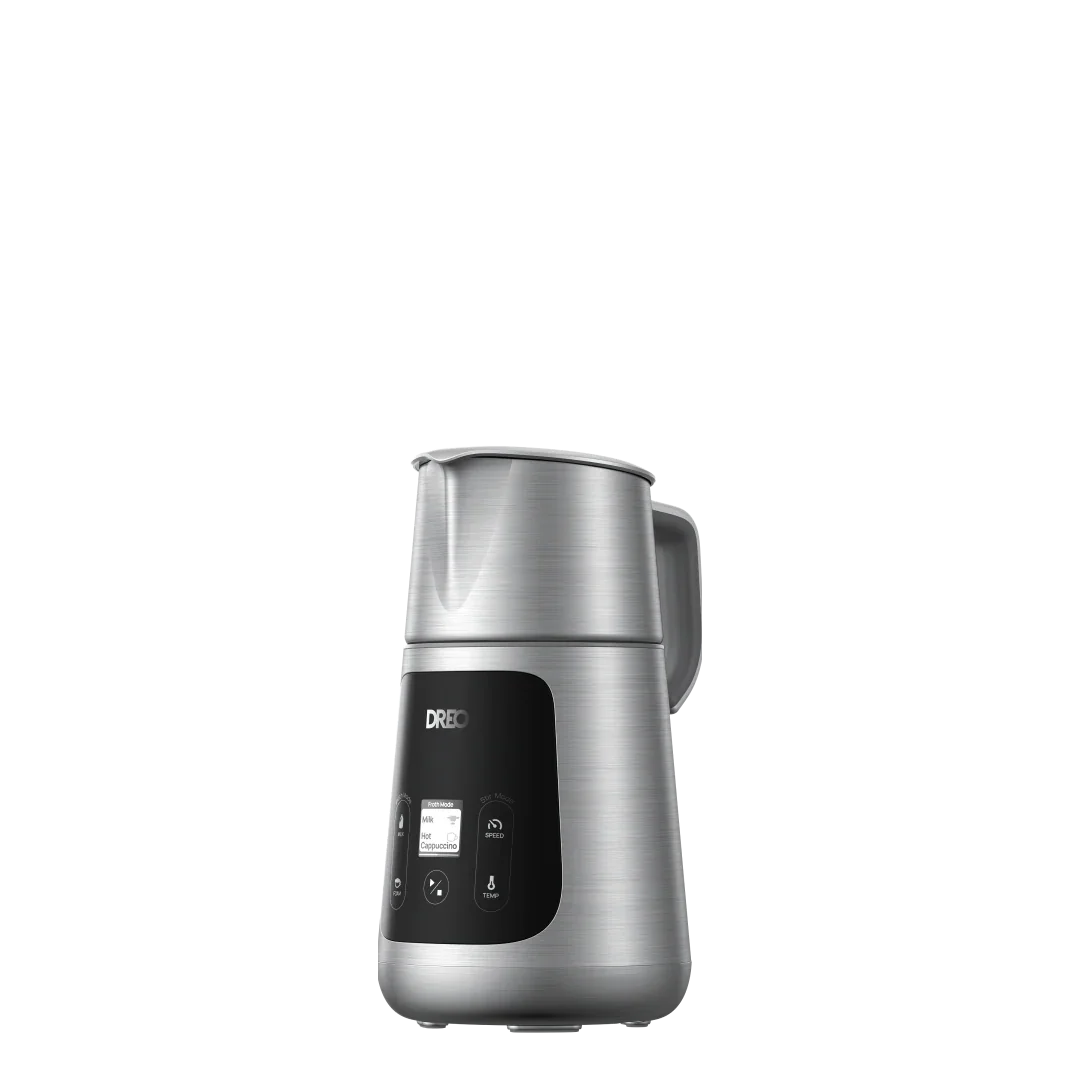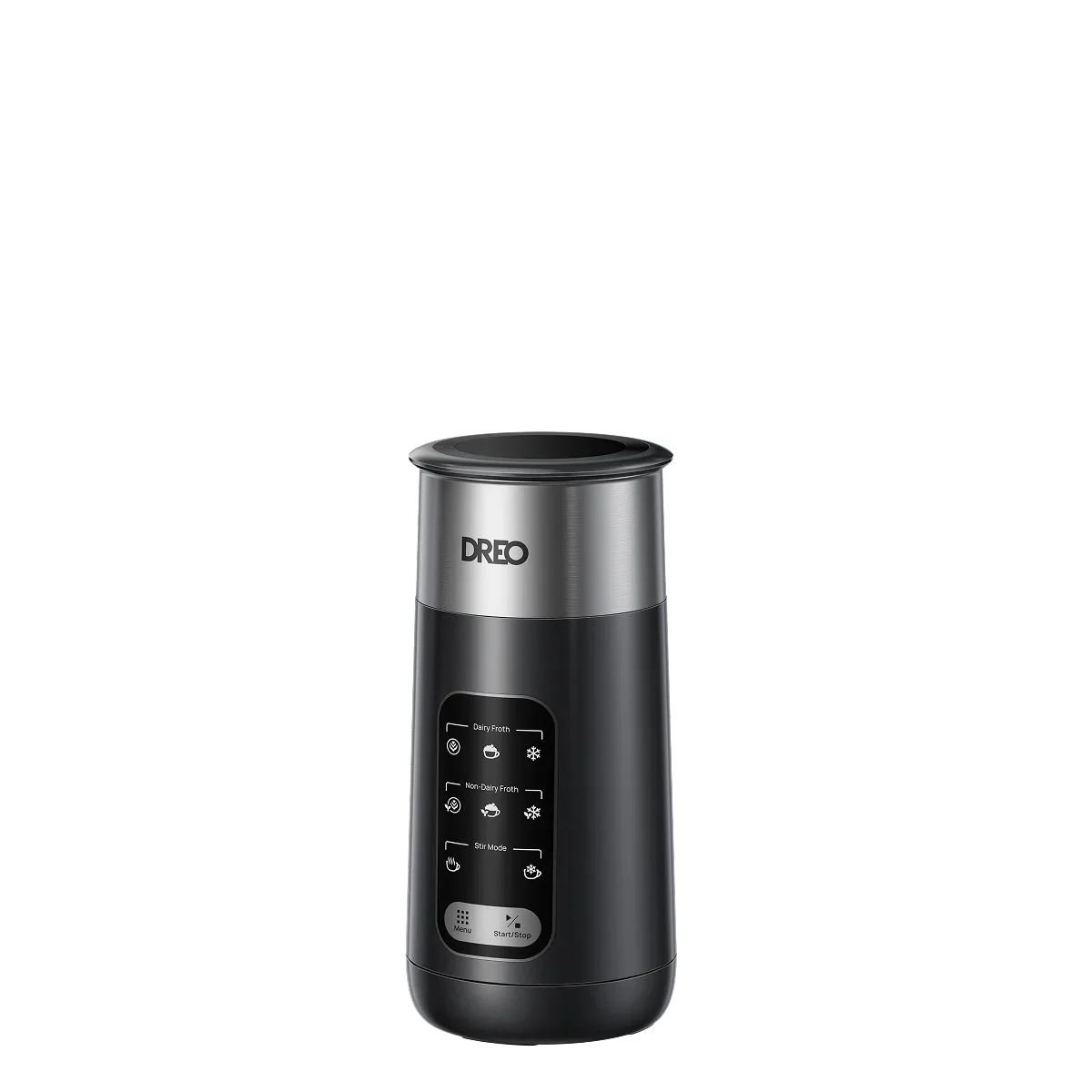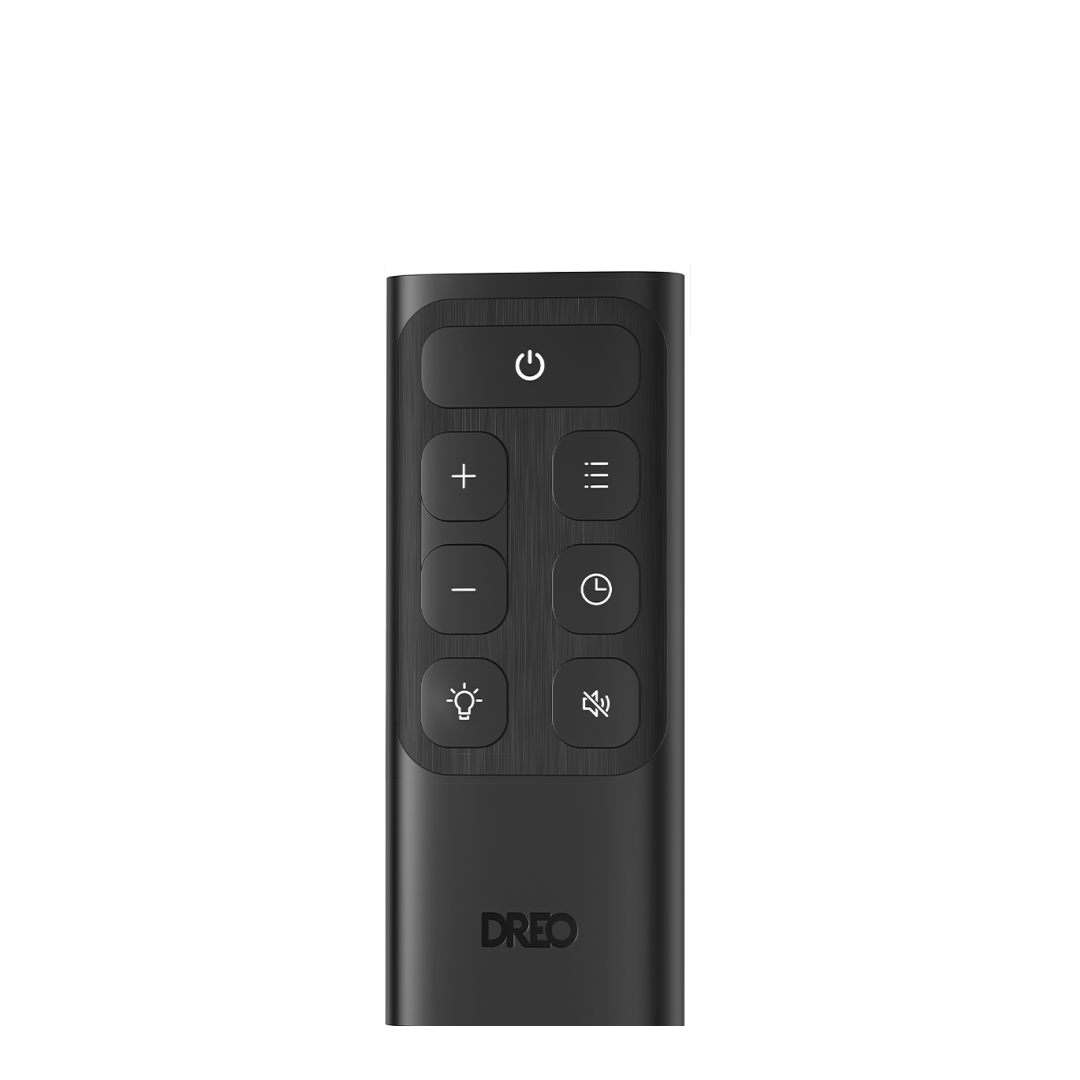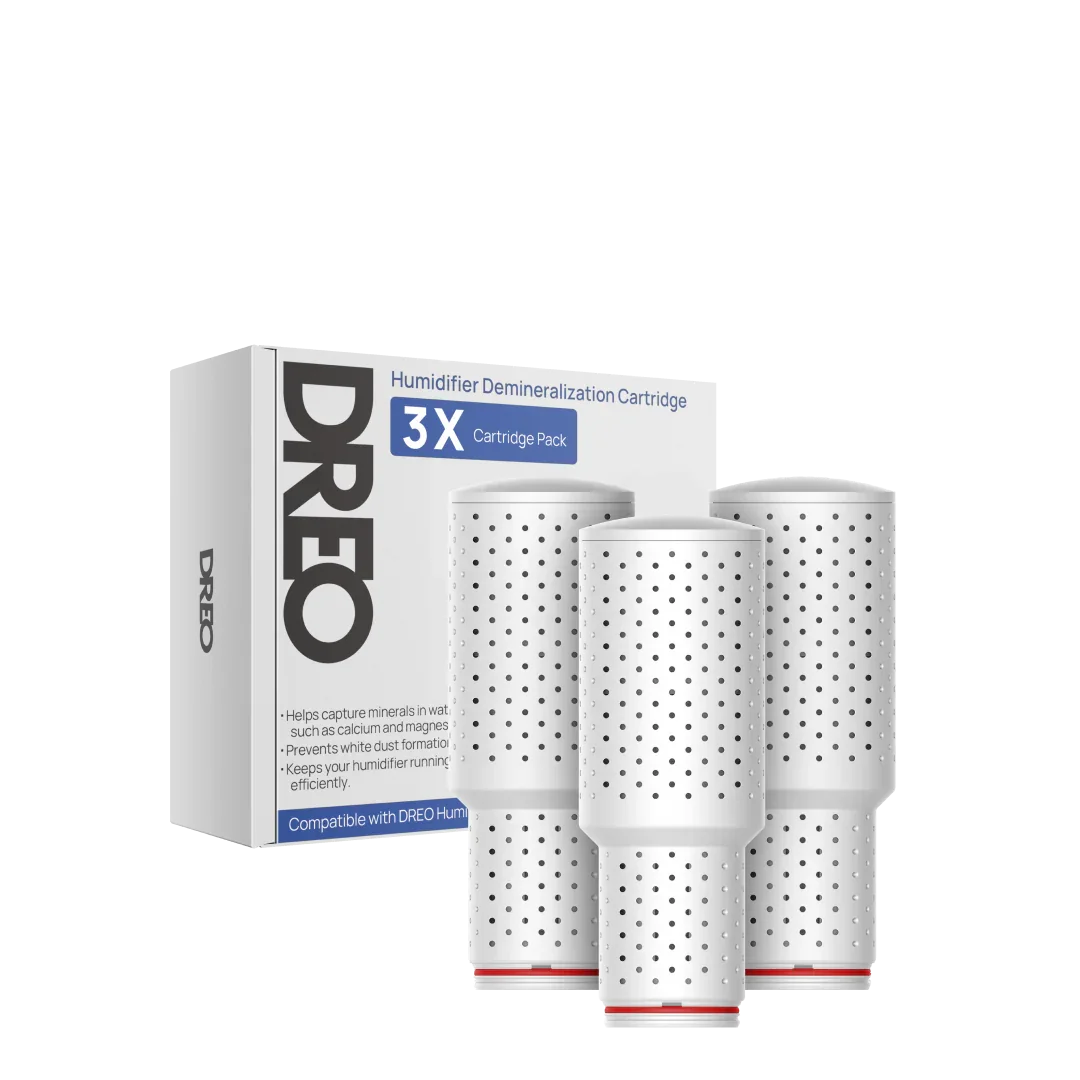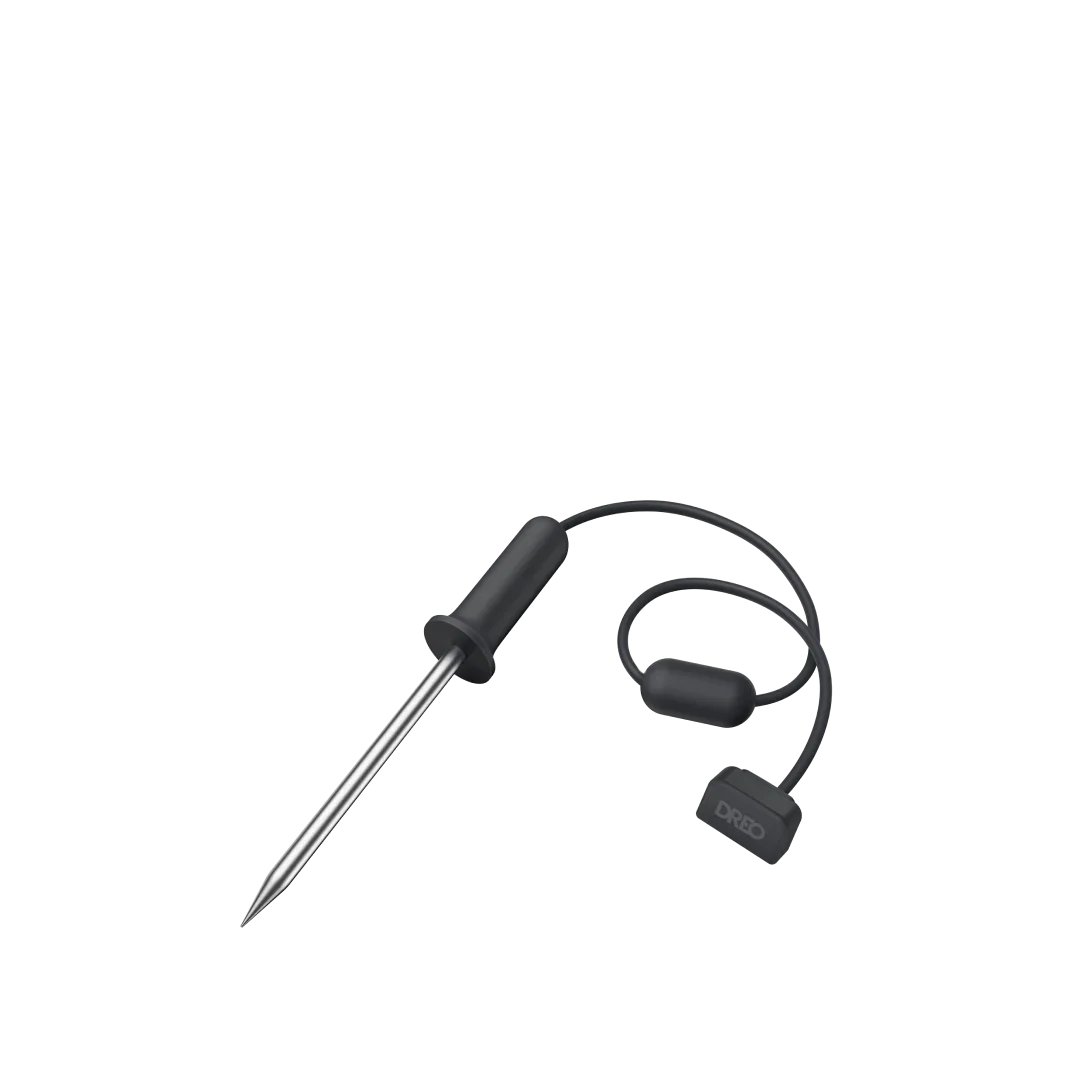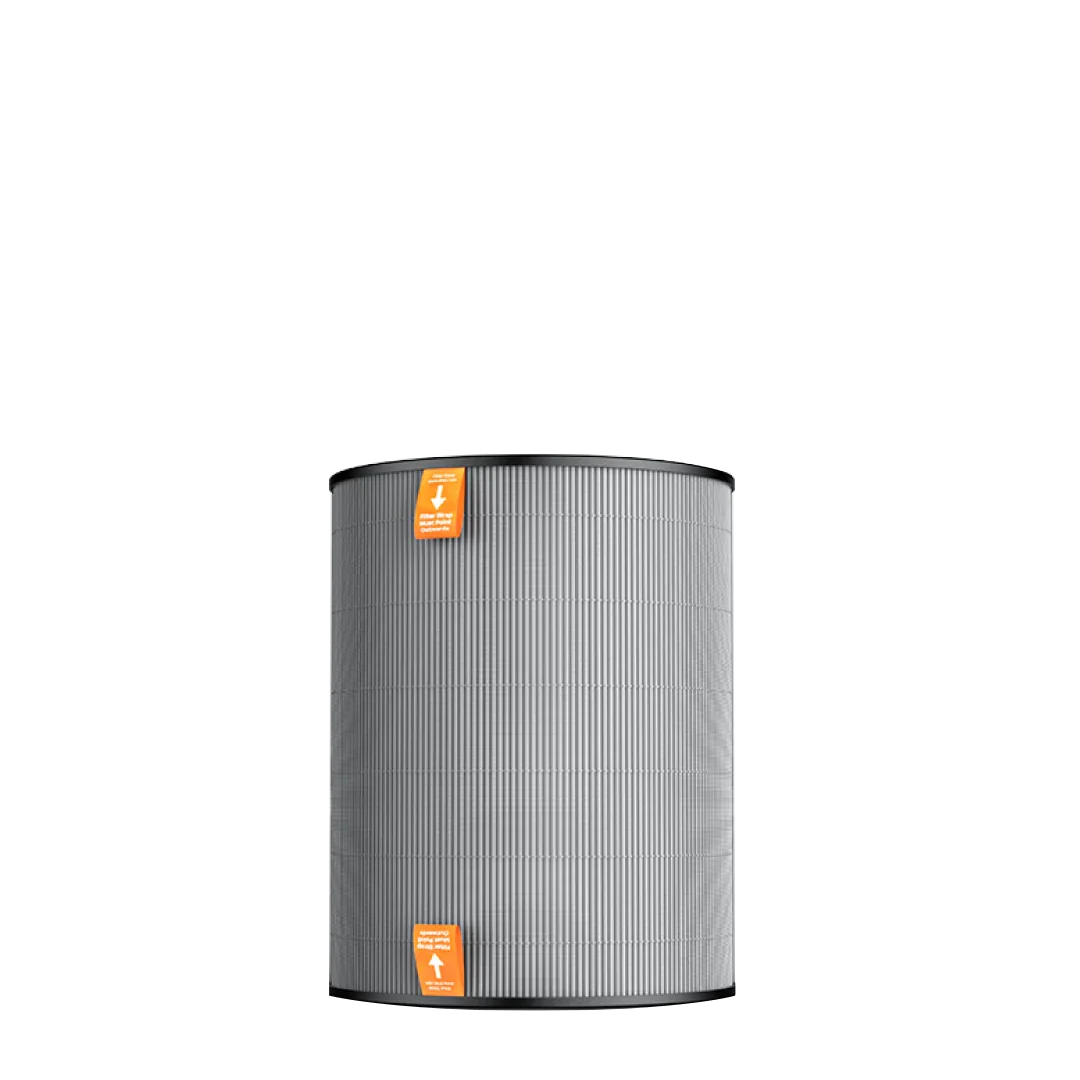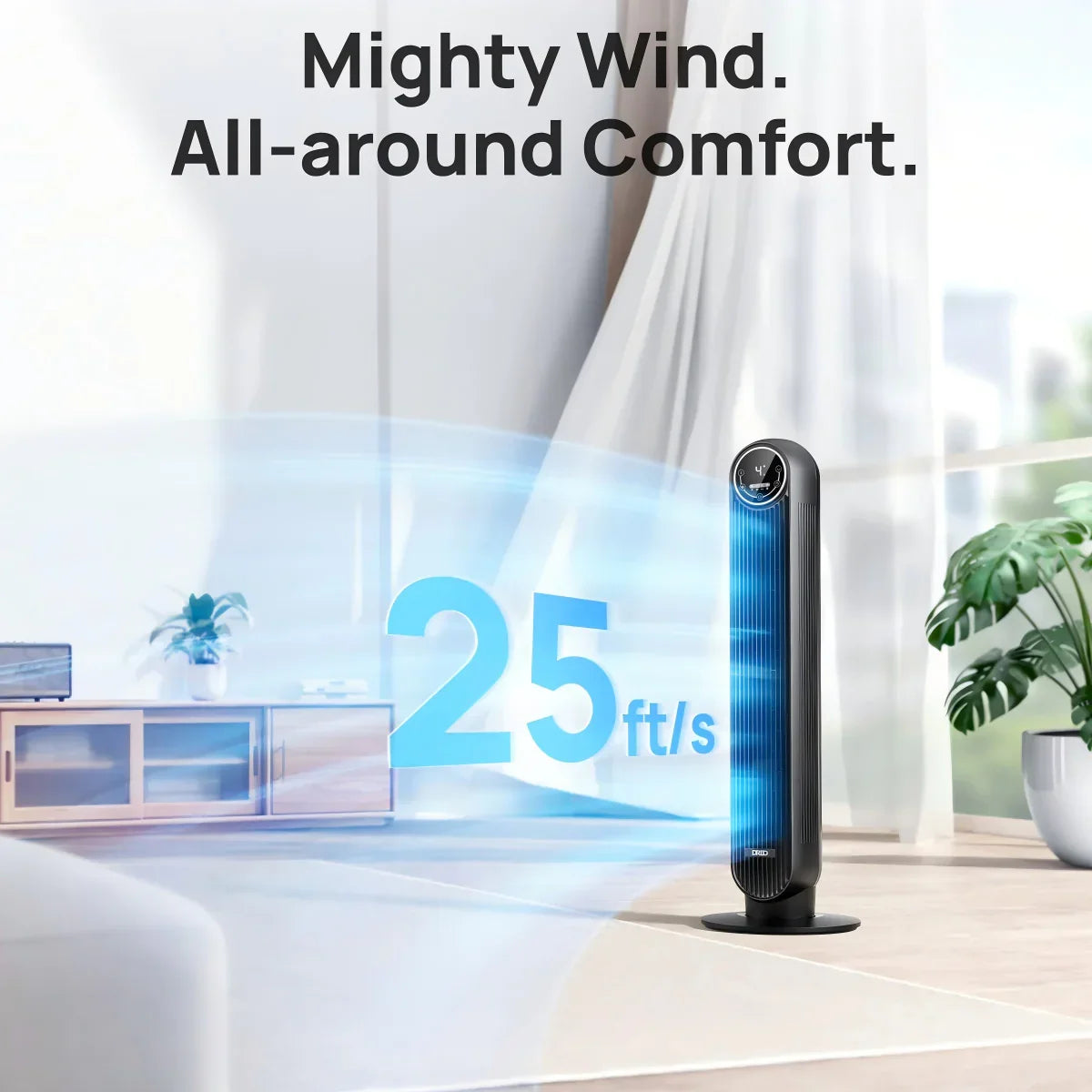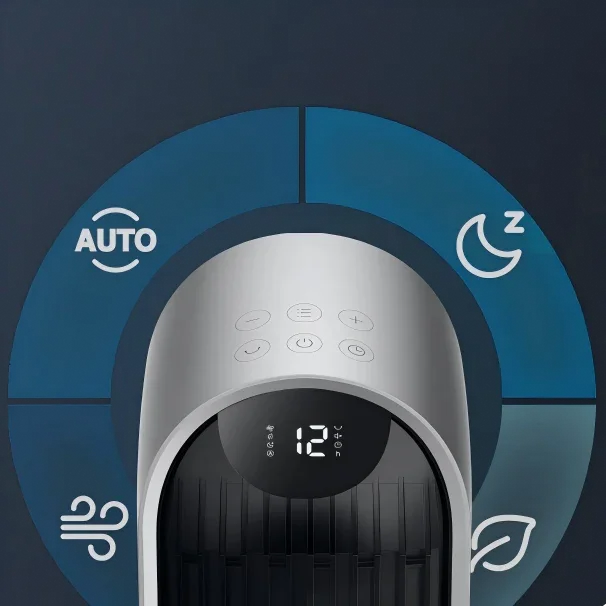When the temperature outside is rising and you're sweating it out indoors, a portable air conditioner can seem like the ultimate solution. But here's the burning question: Do portable air conditioners need to be vented?
Yes, they do! But before you start worrying about complicated setups, let's break down why venting is necessary, how it works, and how to make it a quick and easy process. By the end of this post, you'll be able to get your portable AC running with minimal effort, so you can focus on staying cool instead of stressing over installation.
Portable air conditioners are designed to cool a room by drawing in hot air, cooling it, and then pushing the cooled air back into your space. But here's the catch: in order for your AC to work effectively, the warm air it removes from the room needs to be expelled. That's where venting comes in.
Think of venting like letting hot air out of a balloon. Without a vent, the air you're trying to cool will just cycle right back into your room, and your AC will struggle to cool effectively. Venting directs the hot air outside, keeping your room cool and comfortable.
Setting Up Your AC – Stress-Free and Simple
Great news! Setting up your portable air conditioner is easier than you might think. With modern units like the
DREO Portable Air Conditioner 515S, you'll find everything you need for a fast and hassle-free setup. Thanks to the universal window kit, no matter what type of window you have—sliding, casement, or double-hung—you'll have the venting panel and hose securely in place within minutes.
Worried about window size? Don't be! The adjustable panels fit windows ranging from 17” to 53” wide, so it's a breeze to lock them in place. That means no drilling, no complicated steps, just quick, easy venting to get your AC up and running.
The Water Drainage Factor—Handled!
Old-school portable air conditioners used to require constant drainage because they collected water from the air. But with today's models, that's a thing of the past! Units like the
DREO Portable Air Conditioner 516S feature a self-evaporating system, reducing the need for manual drainage by up to 90%. That means no more worrying about water tanks filling up—your AC will take care of it automatically.
If you live in a particularly humid area, it's good to double-check that your AC can handle the moisture levels. Most models, like the
DREO Portable Air Conditioner 319S, are designed to perform well in environments with humidity levels up to 85%. For the most hassle-free cooling, it's always a good idea to monitor those levels.
Keep It Cool, Keep It Quiet
No one wants an air conditioner that sounds like it's trying to launch a spaceship. Thankfully, the
DREO portable air conditioners feature noise-isolation systems that reduce sound levels to an impressive 46dB. That's quieter than most conversations!
Smart Controls for Ultimate Convenience
The best part? You don't even have to get up to adjust your AC. With DREO app or voice assistant compatibility (Alexa, Google Home), you can control everything from cooling modes to fan speeds, all from your phone or by voice command. You can even set schedules so your room is perfectly cool when you get home or wake up in the morning.
DREO pro tip: Schedule your AC to start cooling an hour before you get home. That way, you walk into a perfectly chilled room without wasting energy while you're out.
Pick the Right Size for Your Room
Picking the right portable AC unit depends on the size of your room. A unit that's too small will struggle to cool a larger space, while a unit that's too big could be overkill. For a standard room size of 300 sq. ft., the
DREO Portable Air Conditioner 515S (12,000 BTU) is a great option. For bigger rooms up to 400 sq. ft., consider the
DREO Portable Air Conditioner 516S (14,000 BTU) for that extra cooling power.
DREO pro tip: If you're unsure of your room size, just measure the length and width of the space and multiply them to get the square footage. This will help you choose the right AC to get the job done without wasting power.
A Few More Tips for Getting the Most Out of Your Portable AC
-
Keep it elevated: If possible, place your AC on a flat, elevated surface. This helps with air circulation and can make cooling even more effective.
-
Use your AC in multiple rooms: DREO portable units are designed to be easy to move. Take it from room to room for targeted cooling without the need for multiple units.
-
Optimize airflow: Close doors to other rooms and direct the airflow towards your main living area. This helps the AC cool your space faster.
Final Takeaway
So, do portable air conditioners need to be vented? Yes, but it's easier than ever to get it right! With a simple setup, self-evaporating systems, quiet operation, and smart controls, your portable AC unit will keep you cool and comfortable all summer long.
Ready to upgrade your summer? Check out
DREO's portable air conditioners and enjoy the perfect balance of easy setup, powerful cooling, and smart features that let you stay in control without any extra effort.






